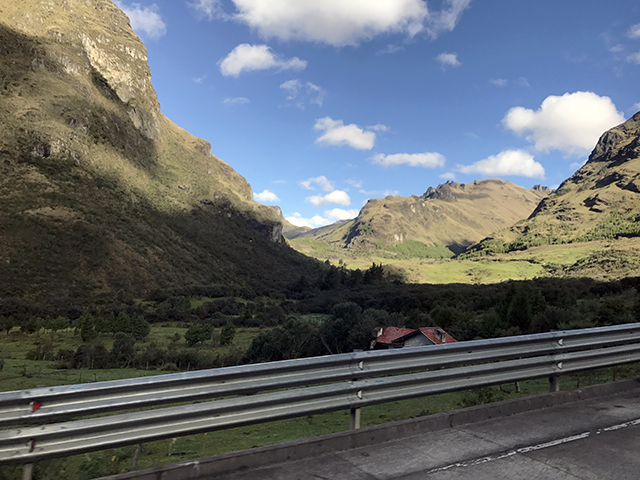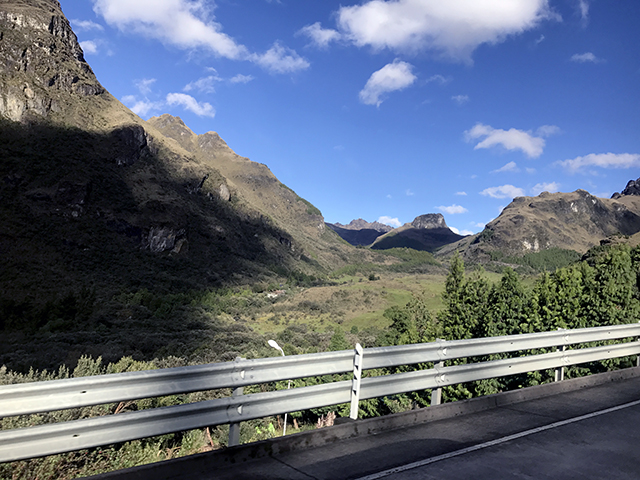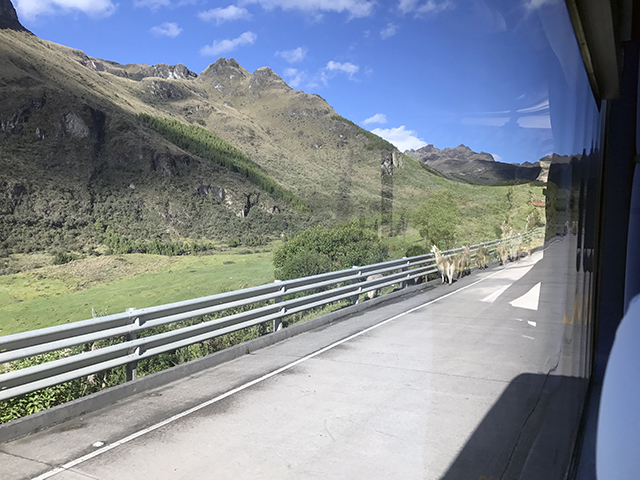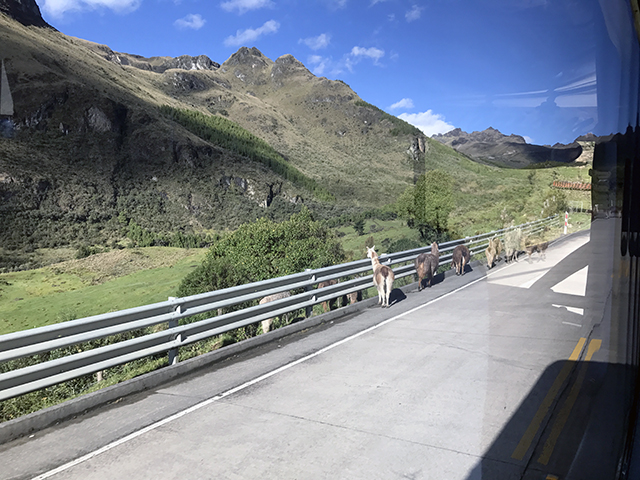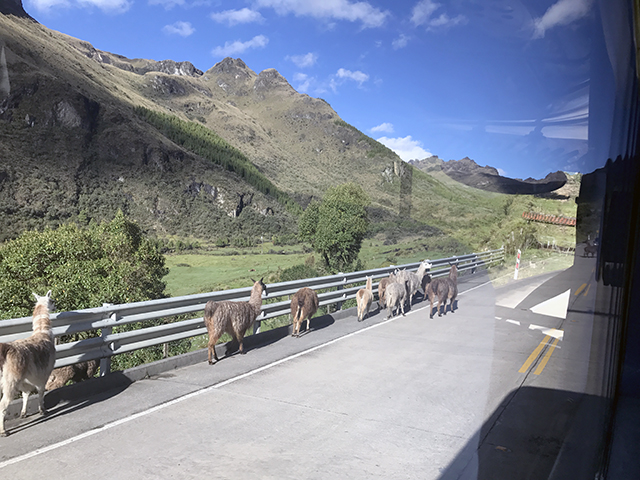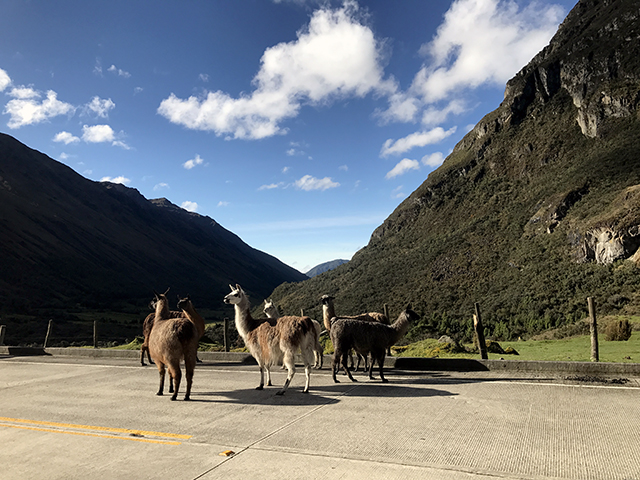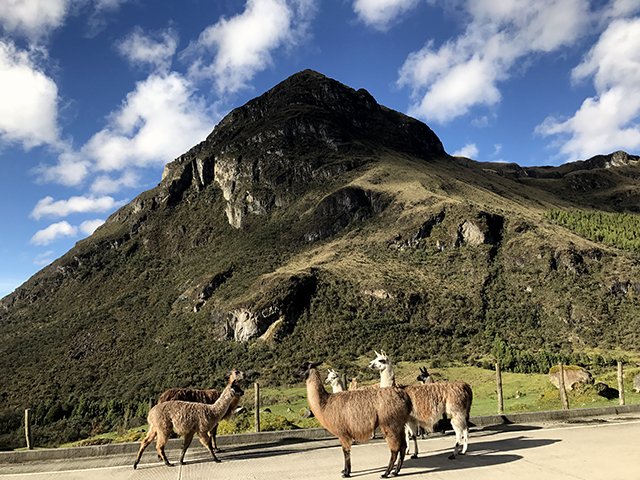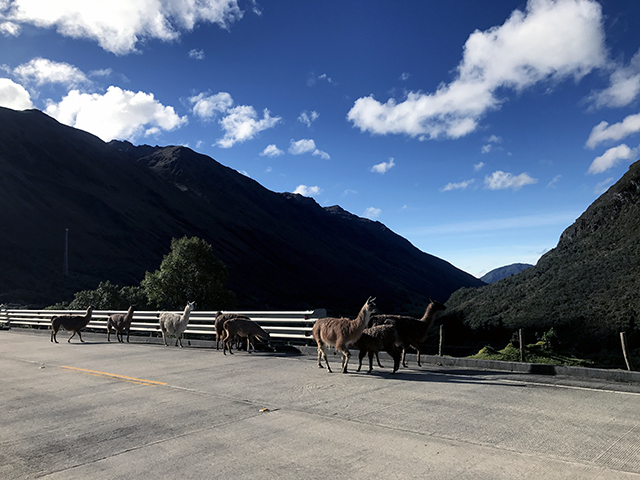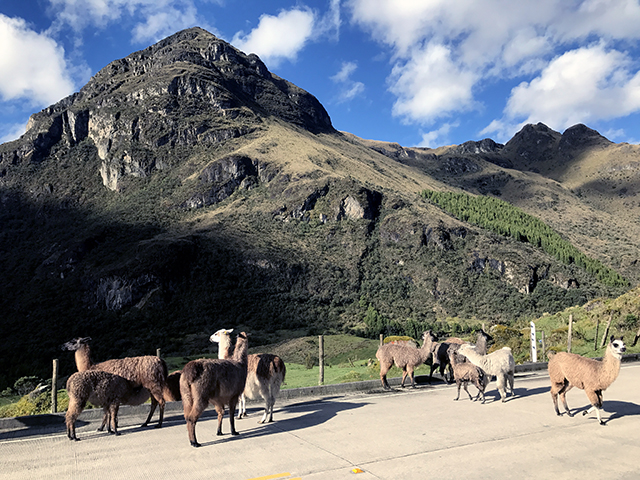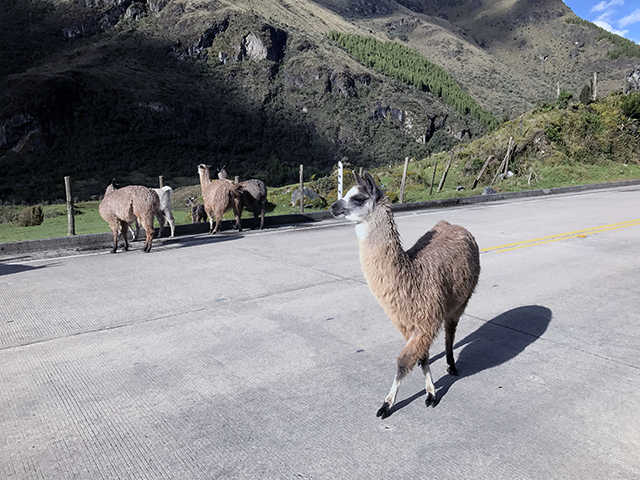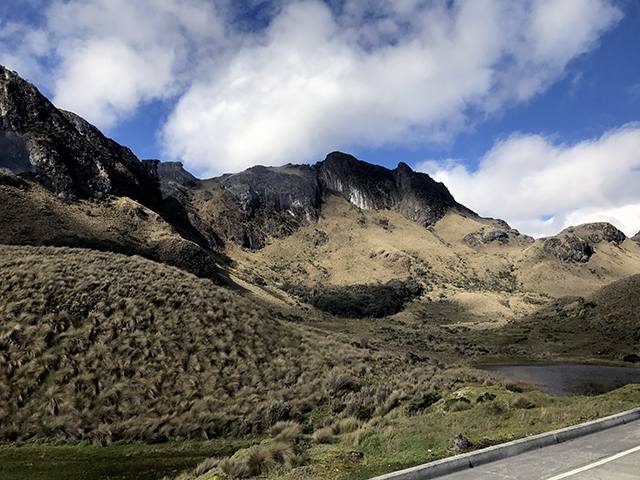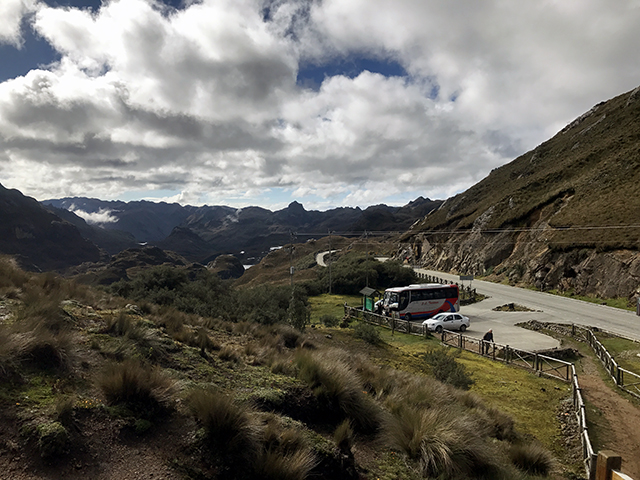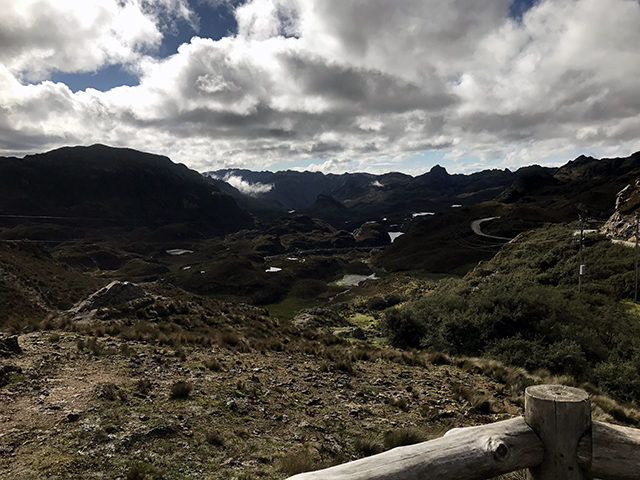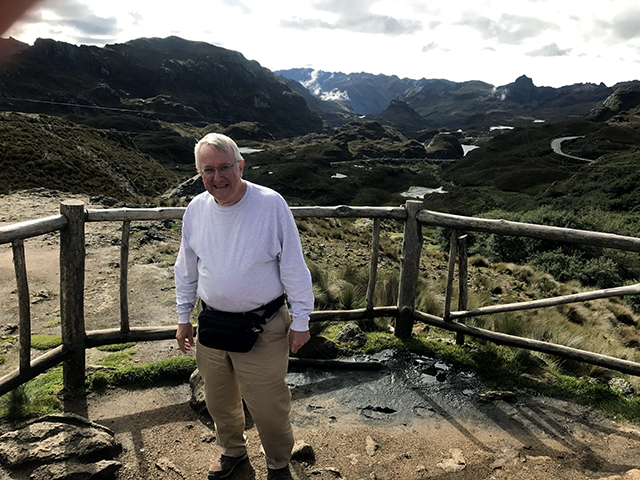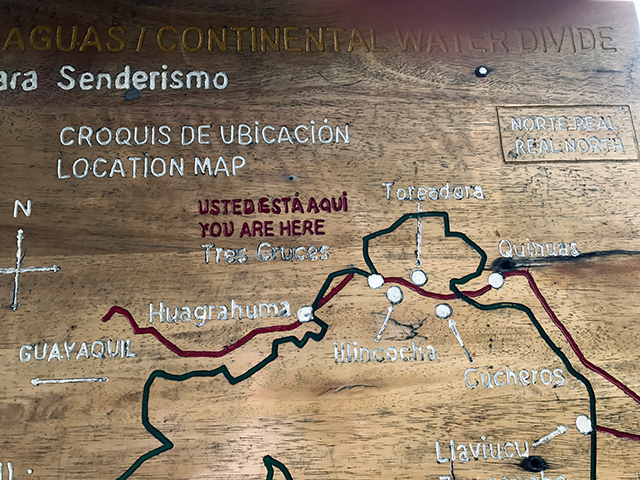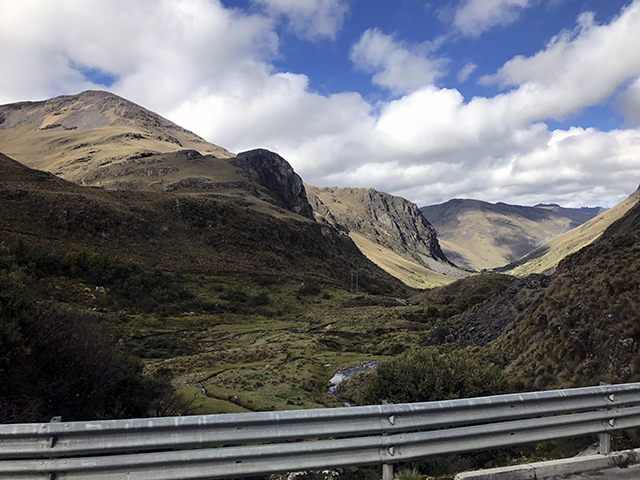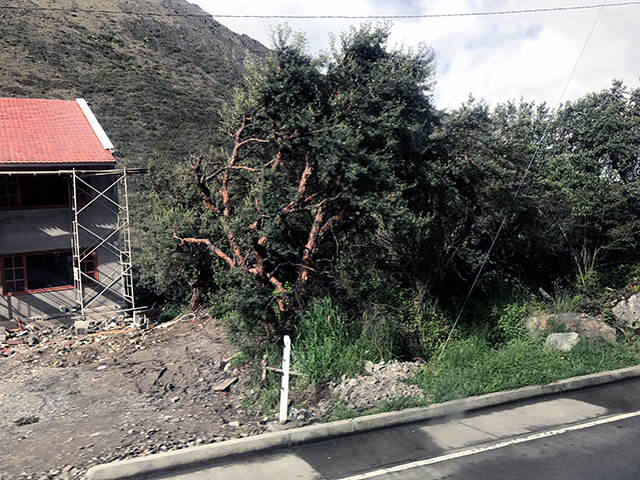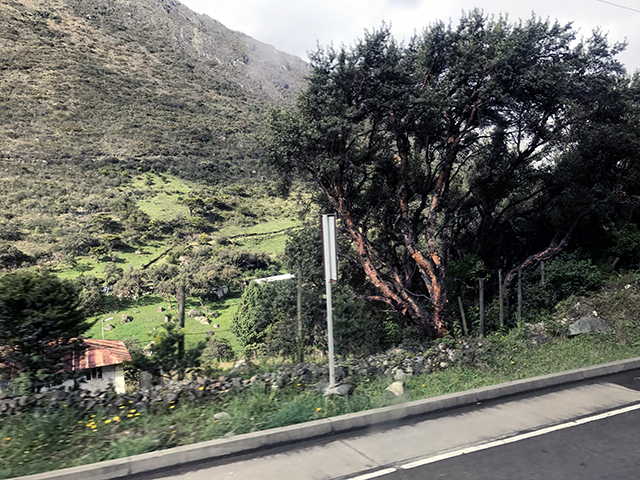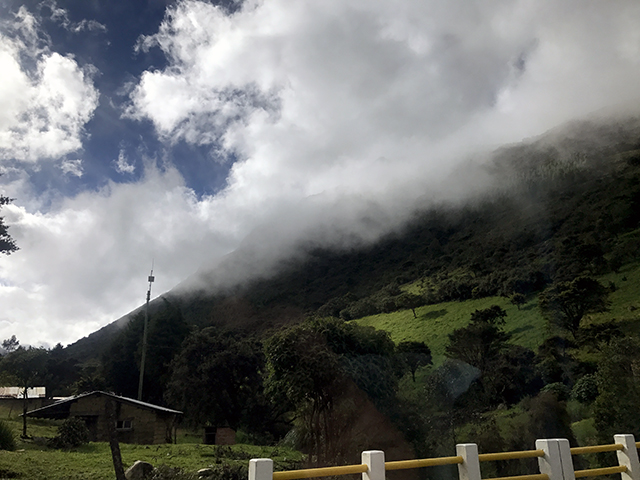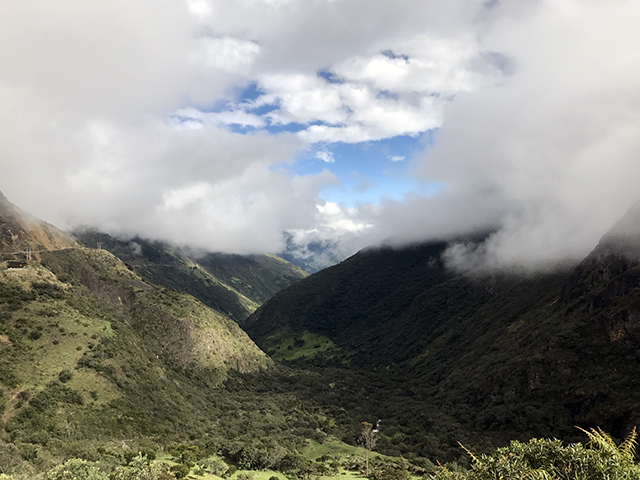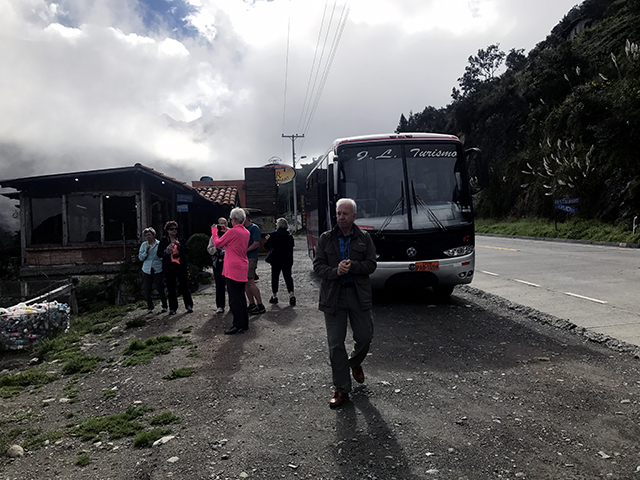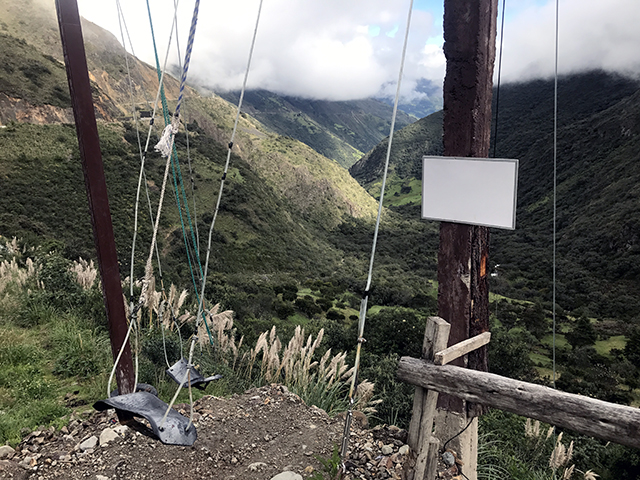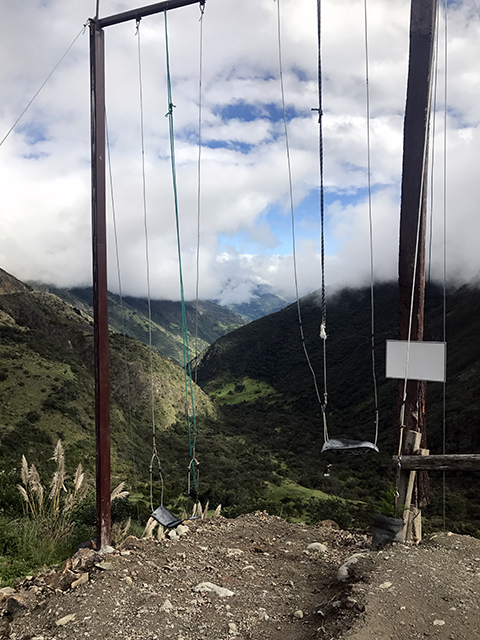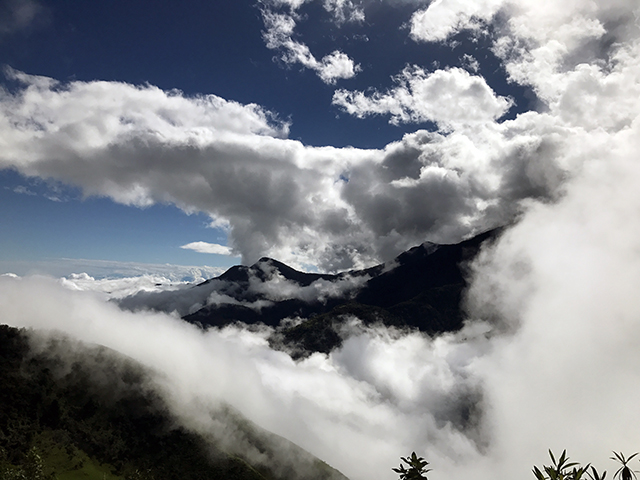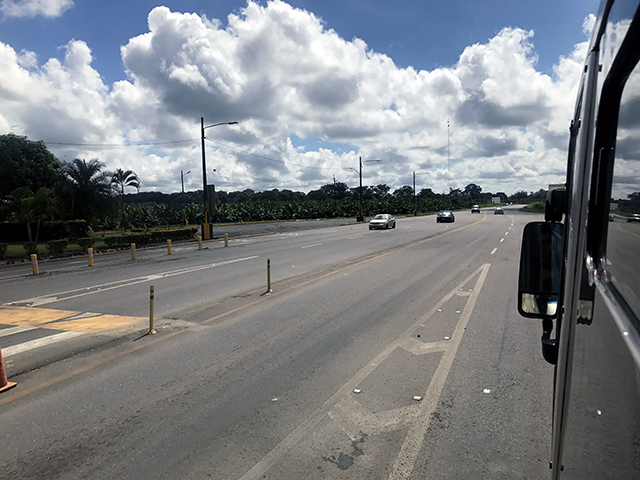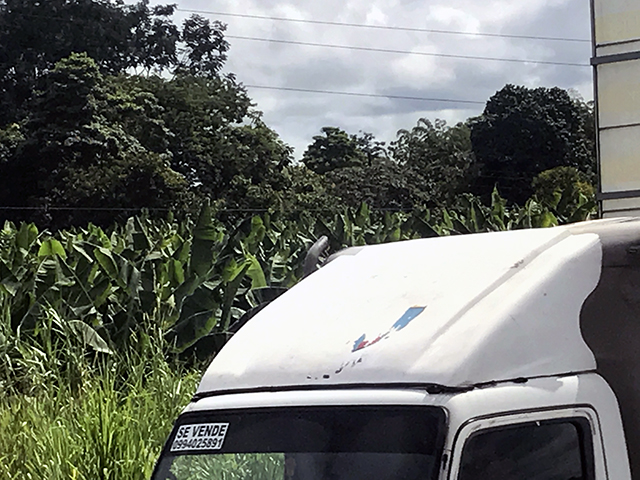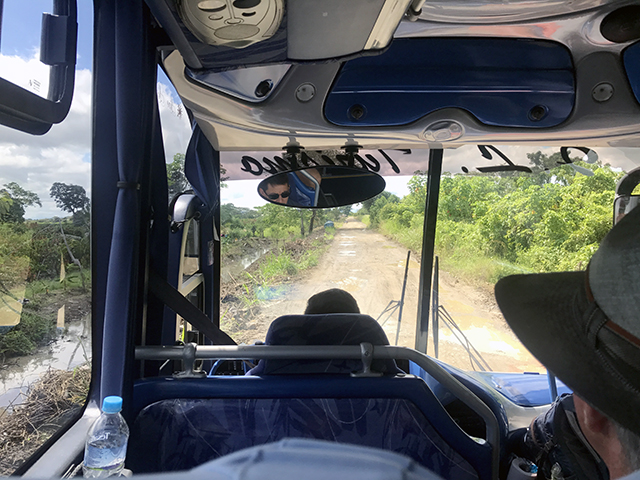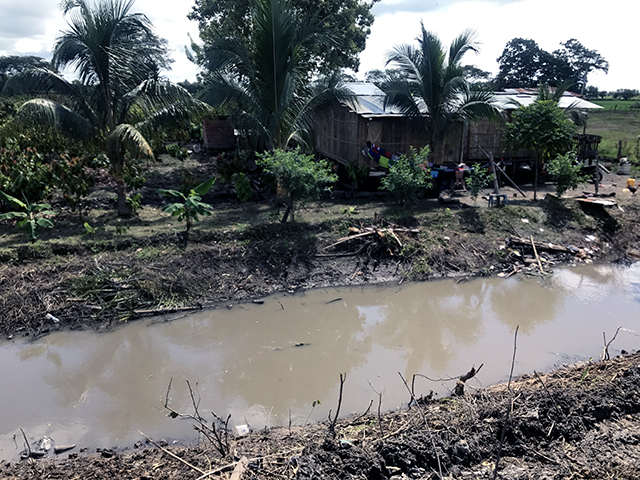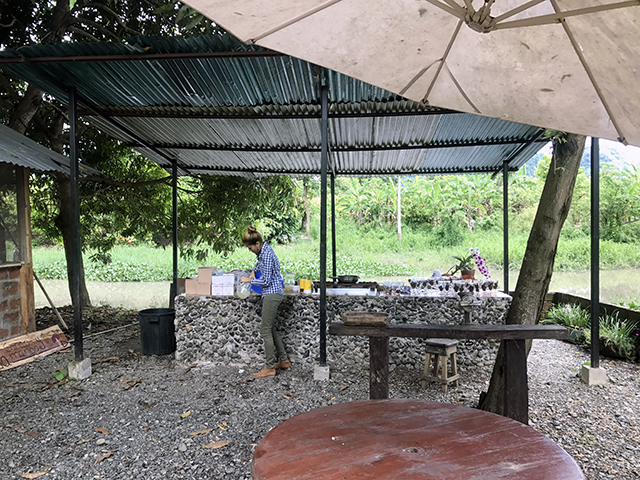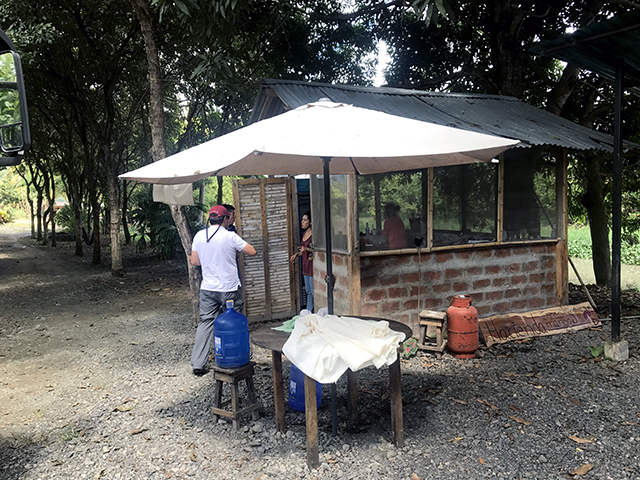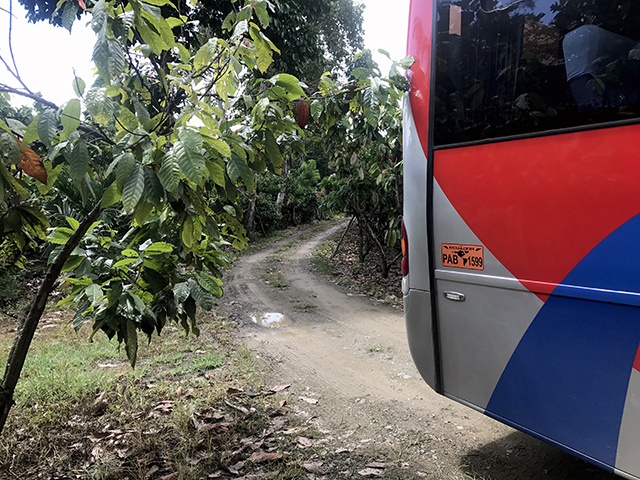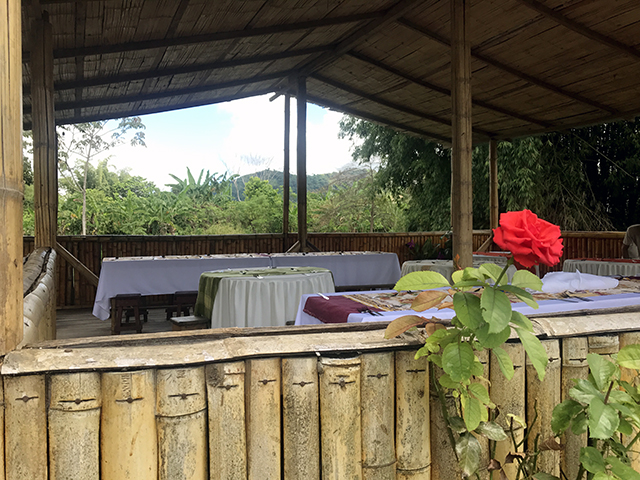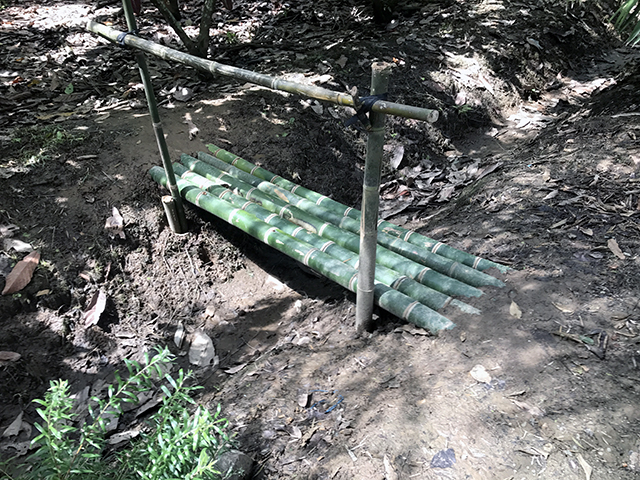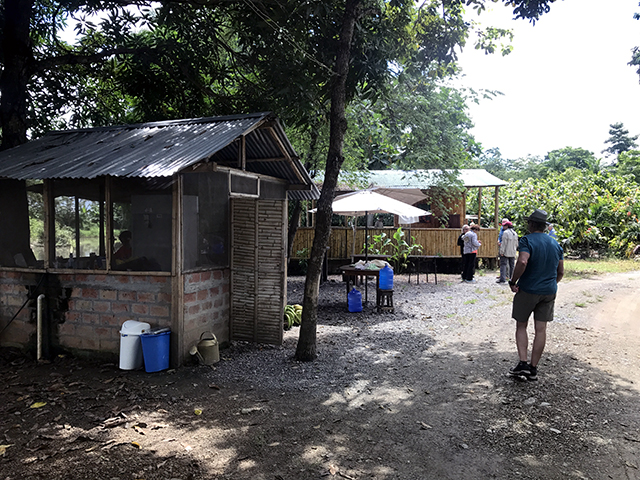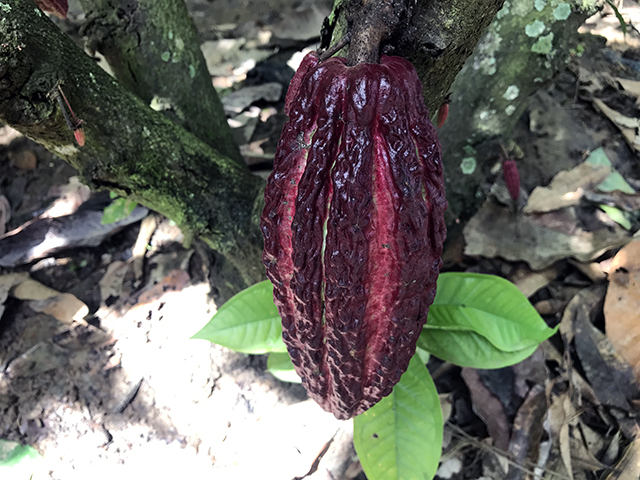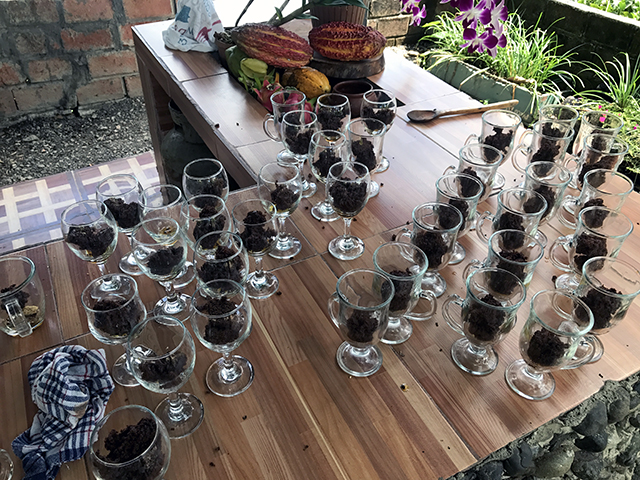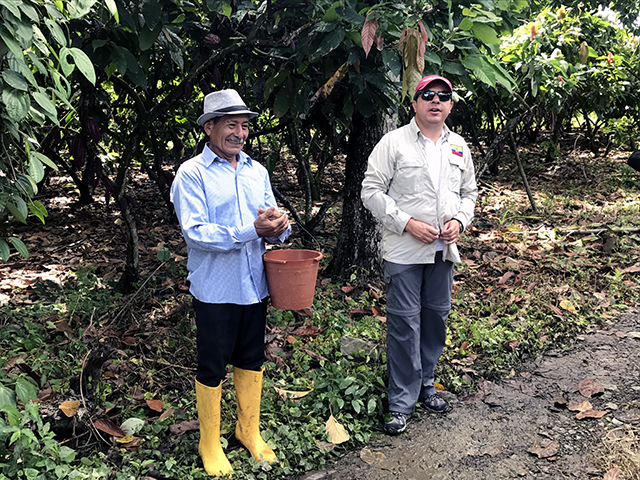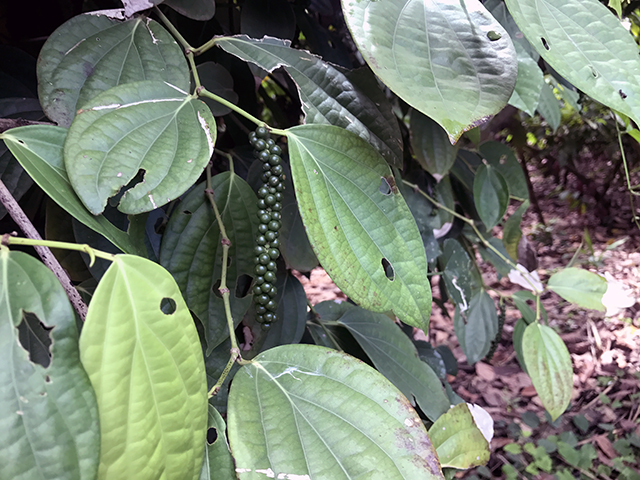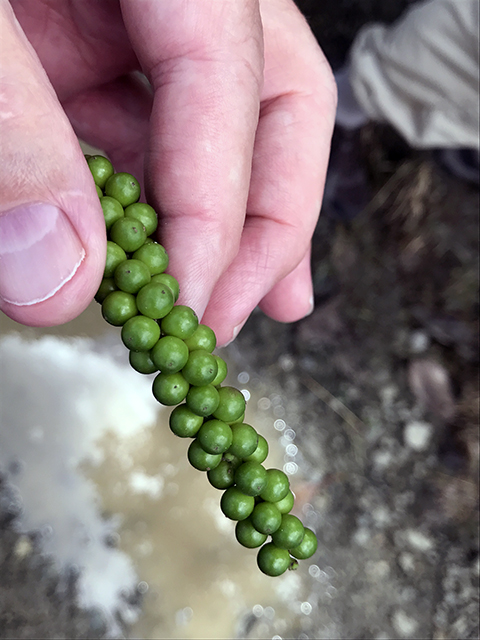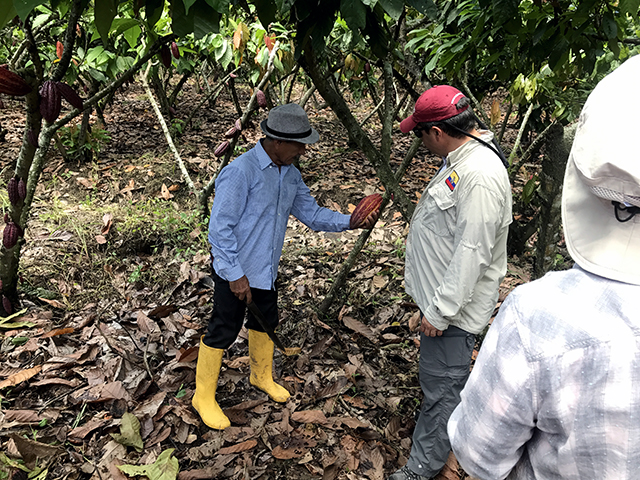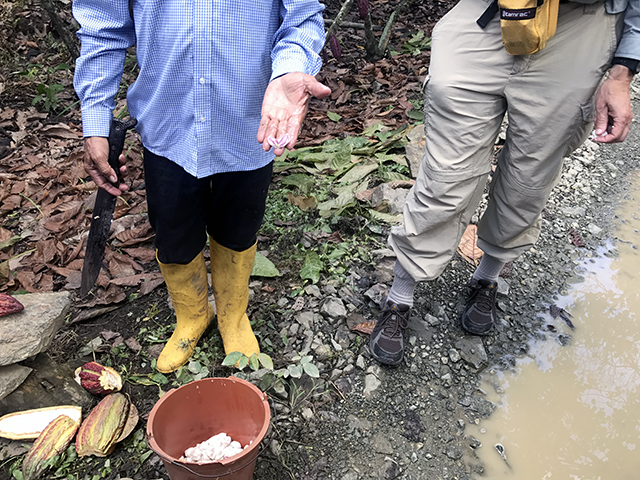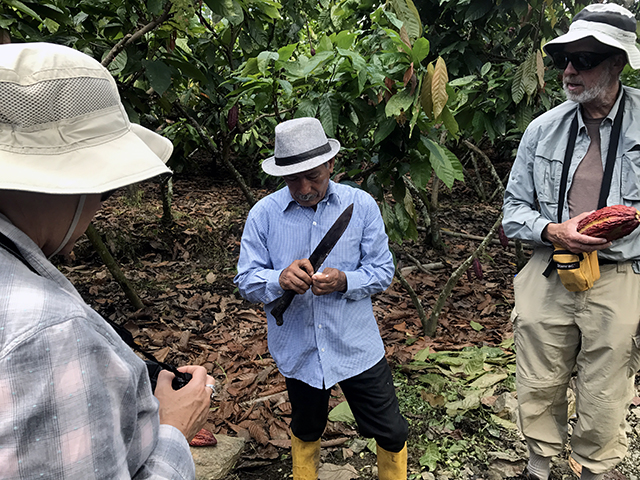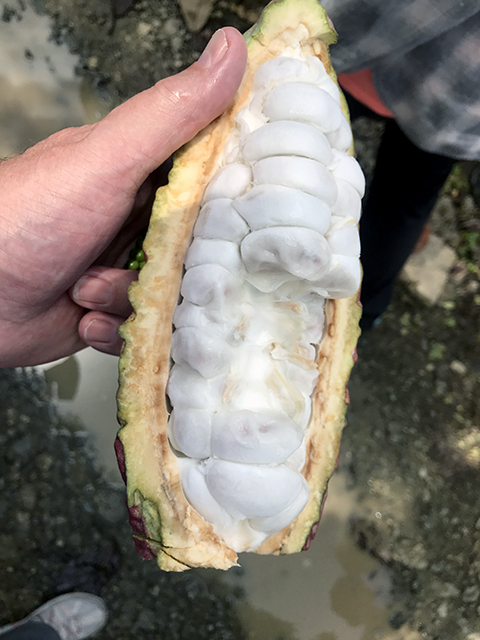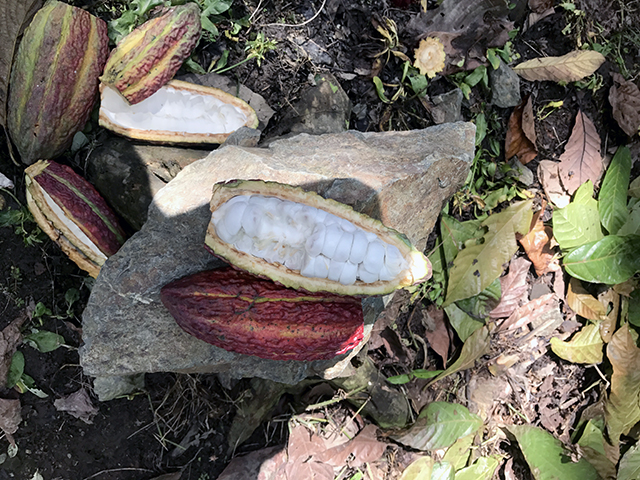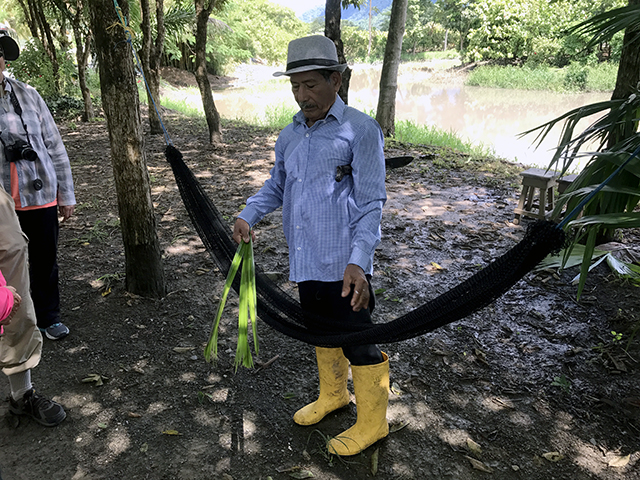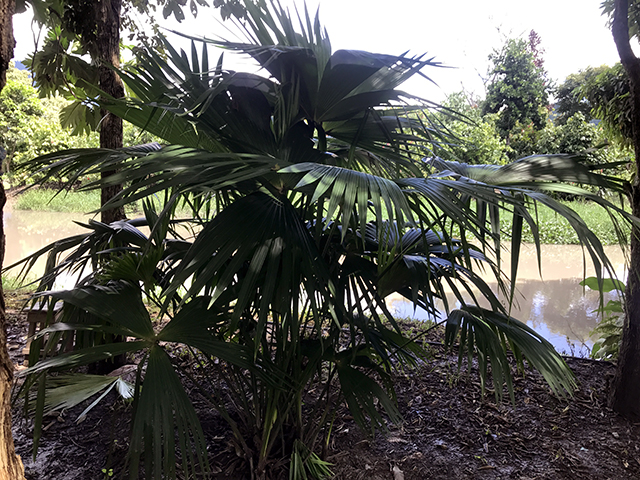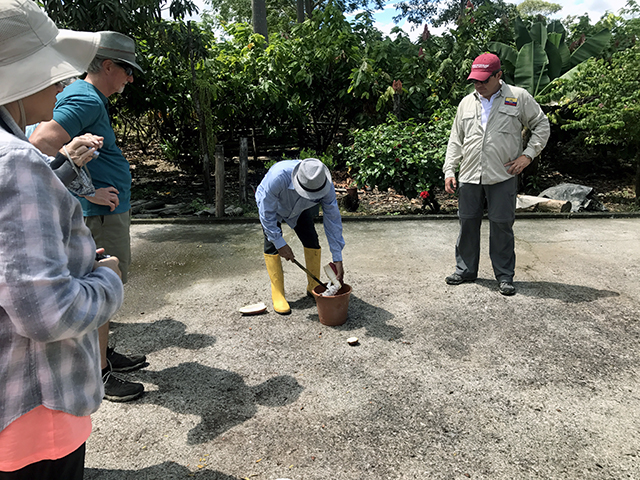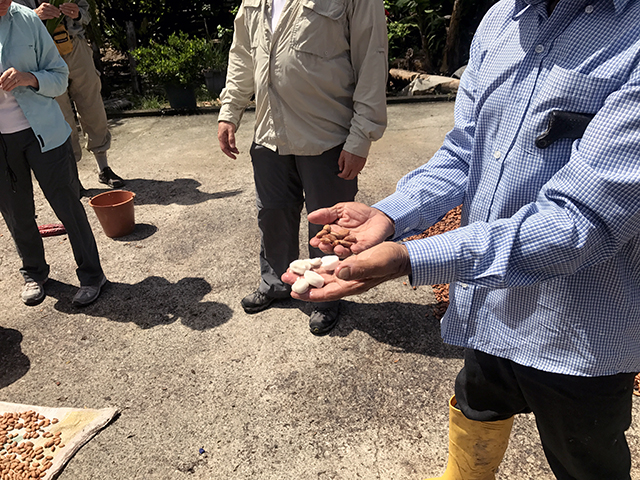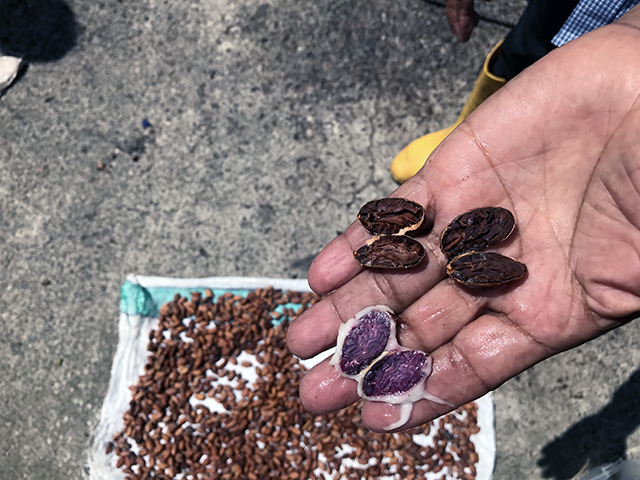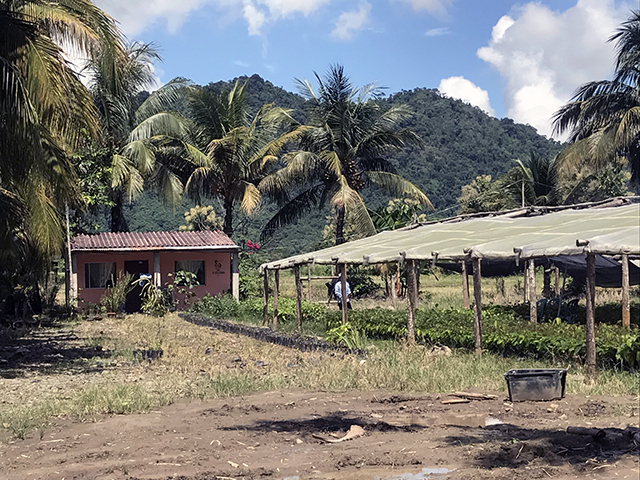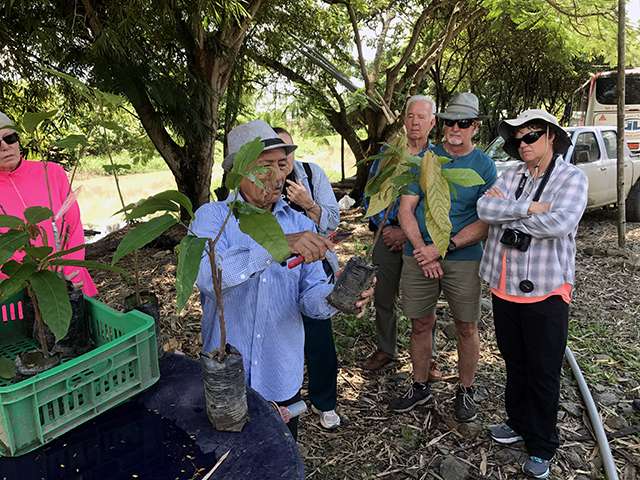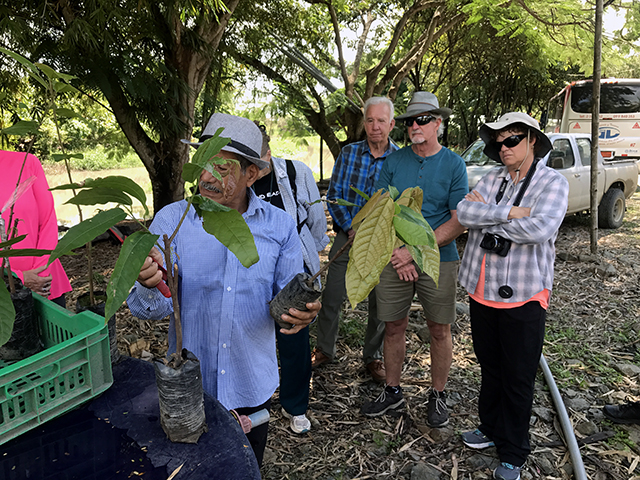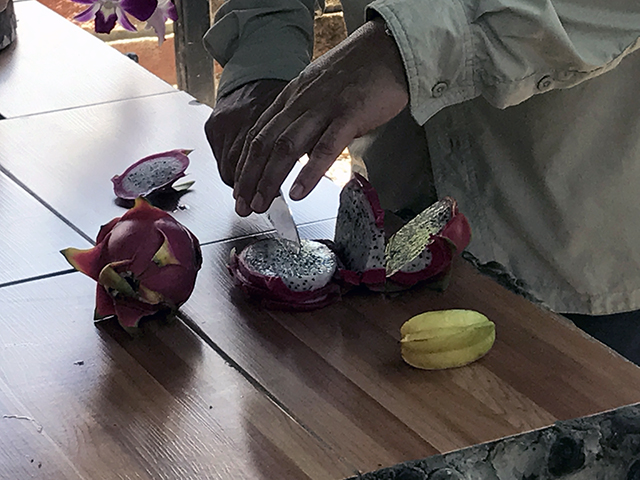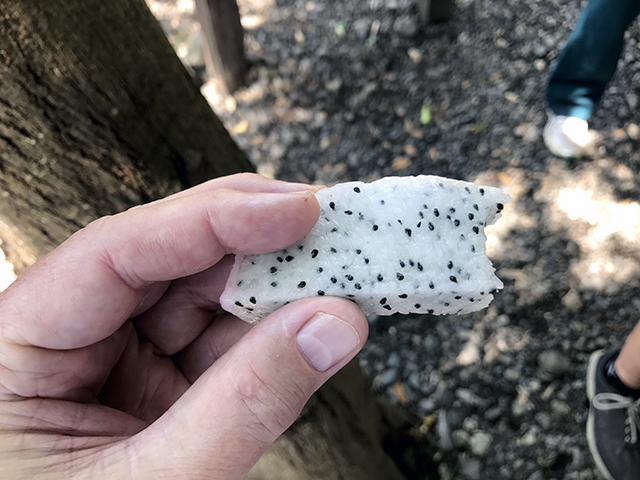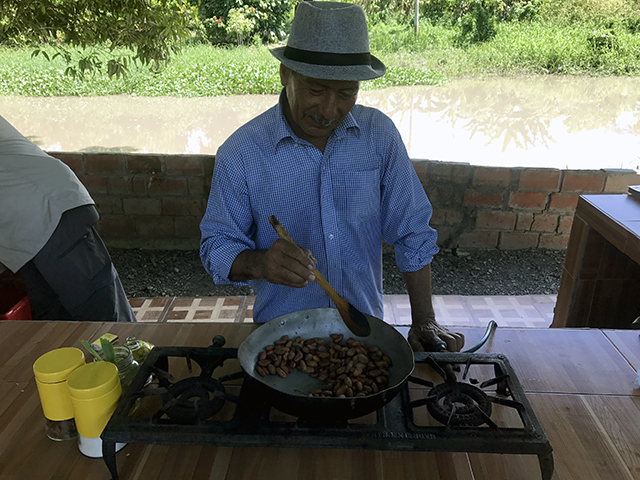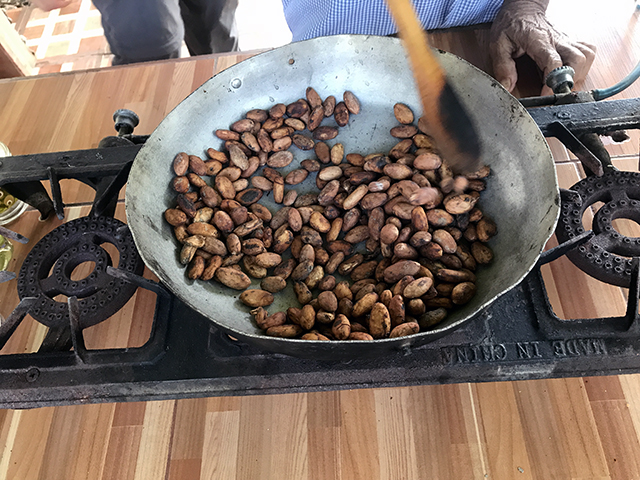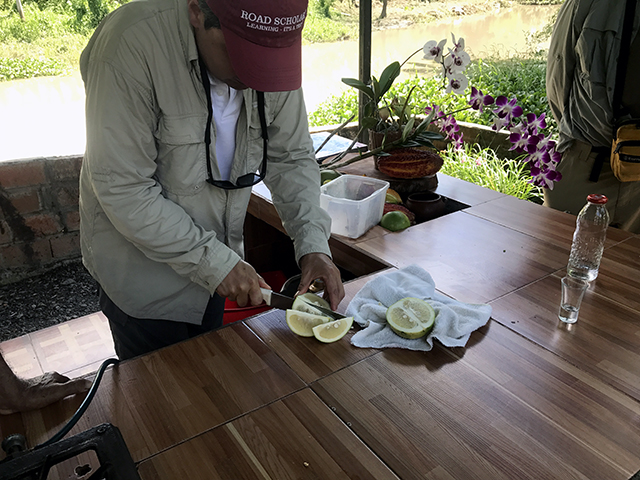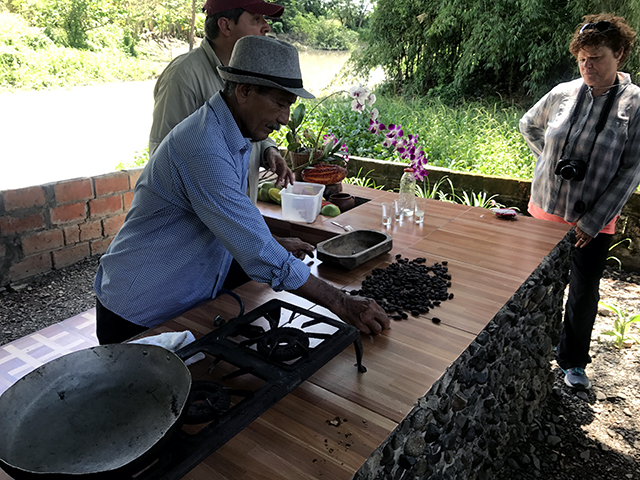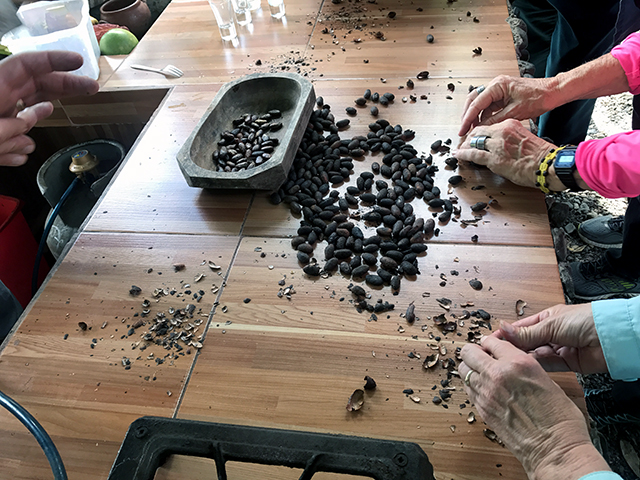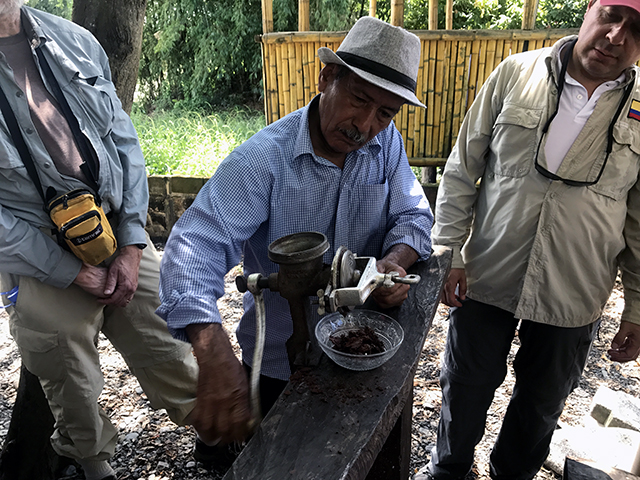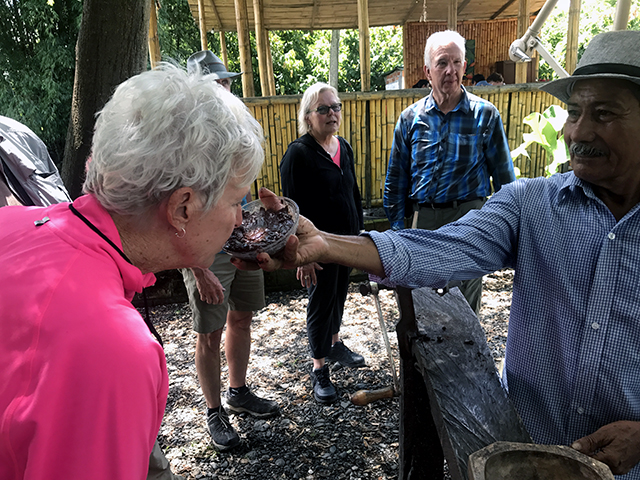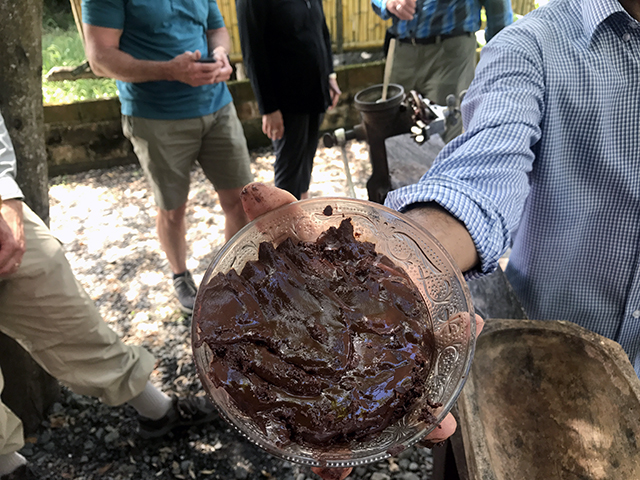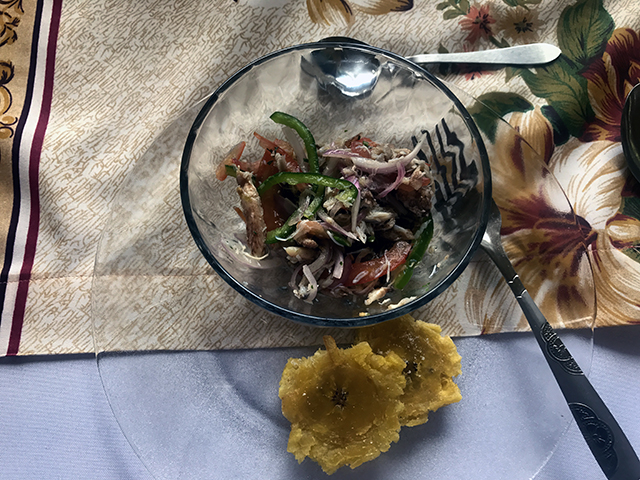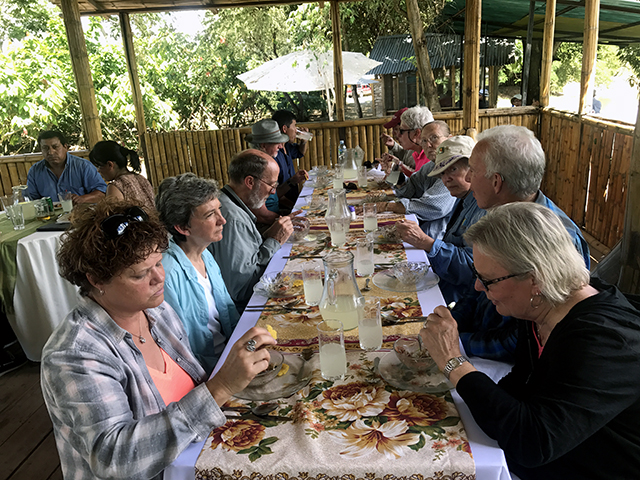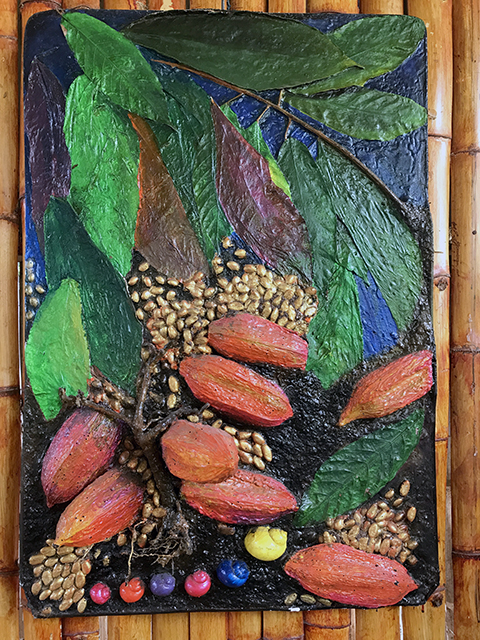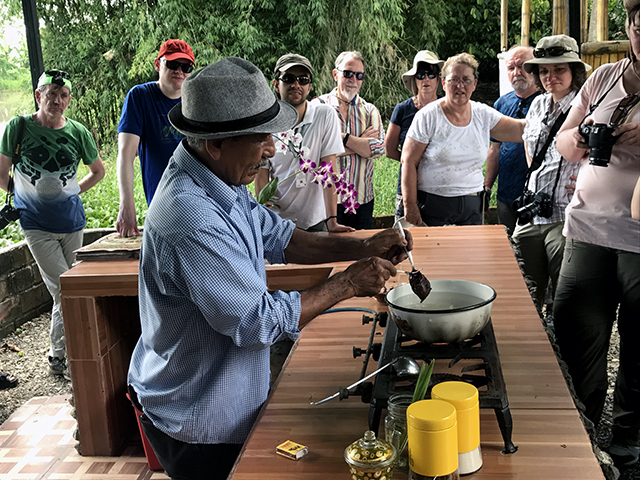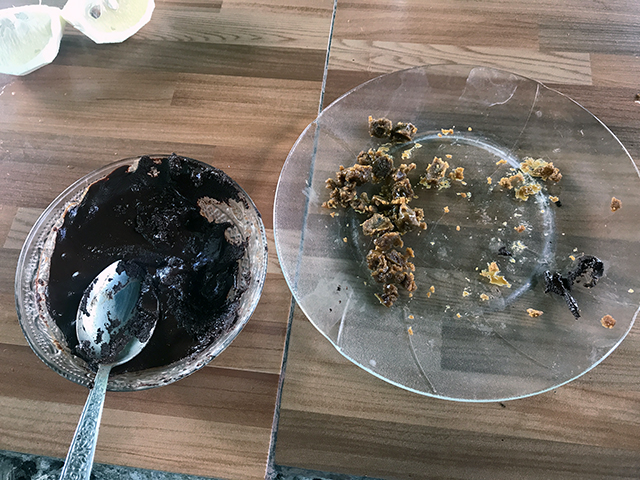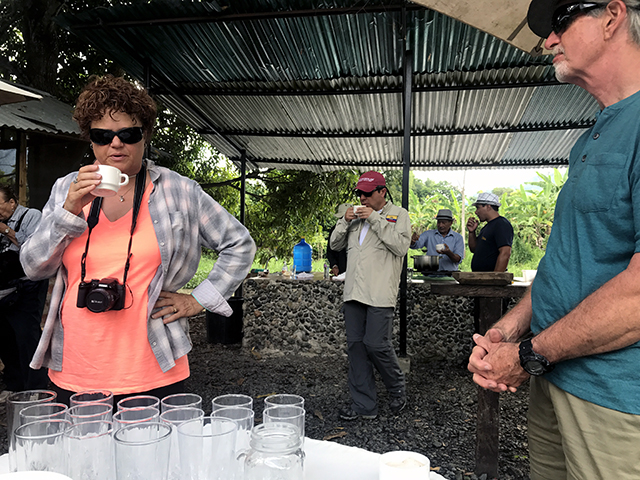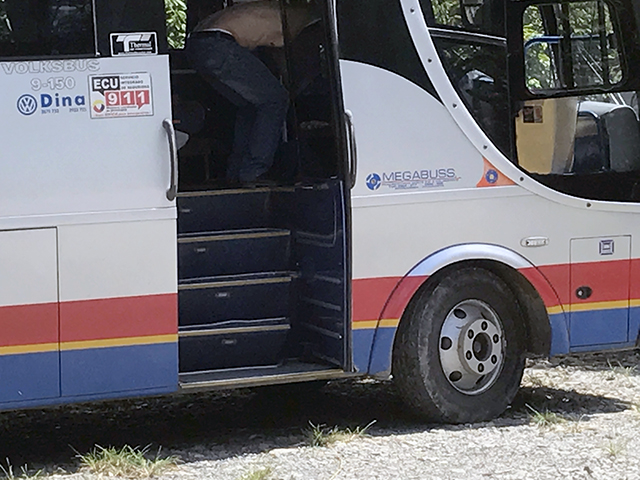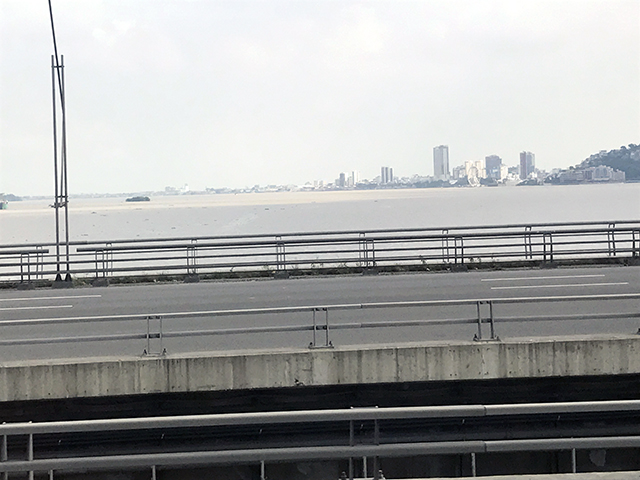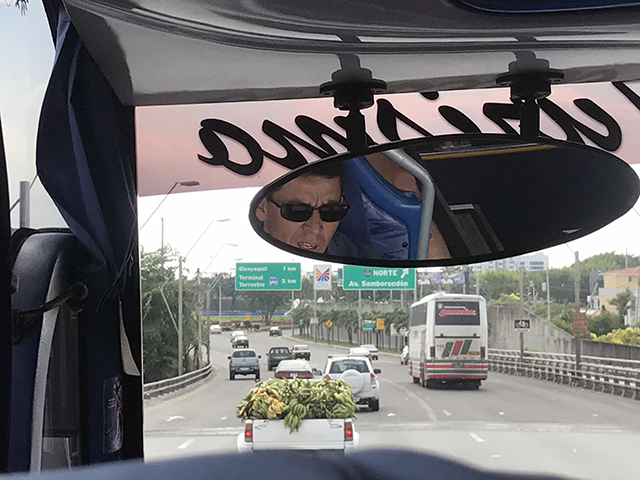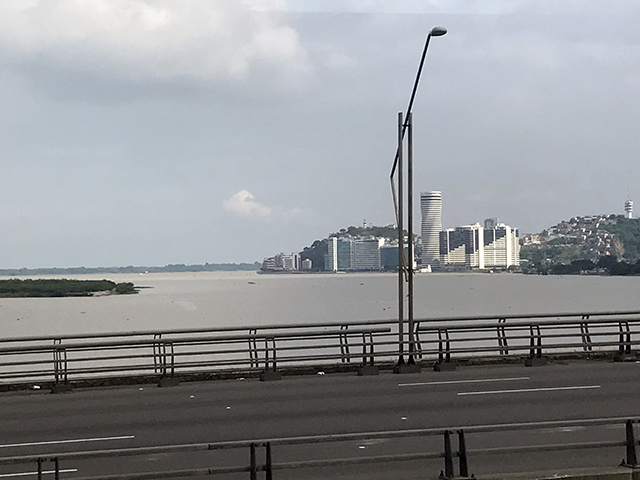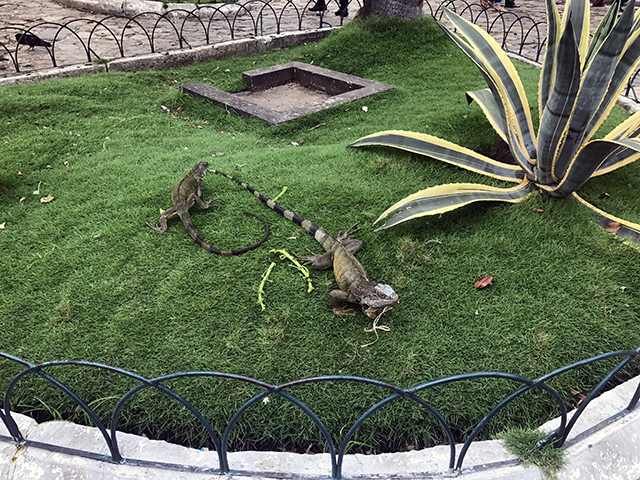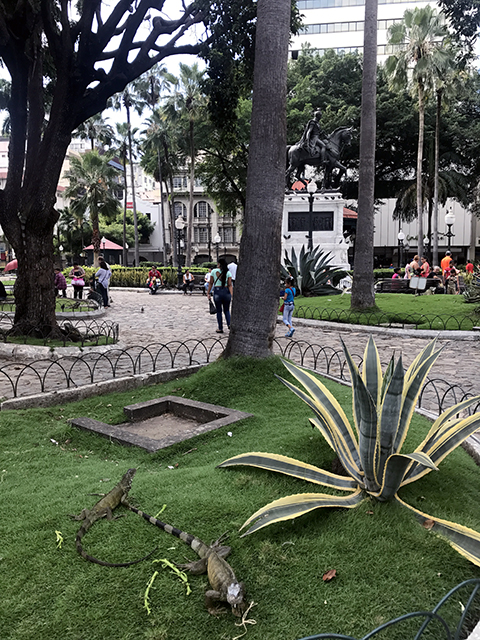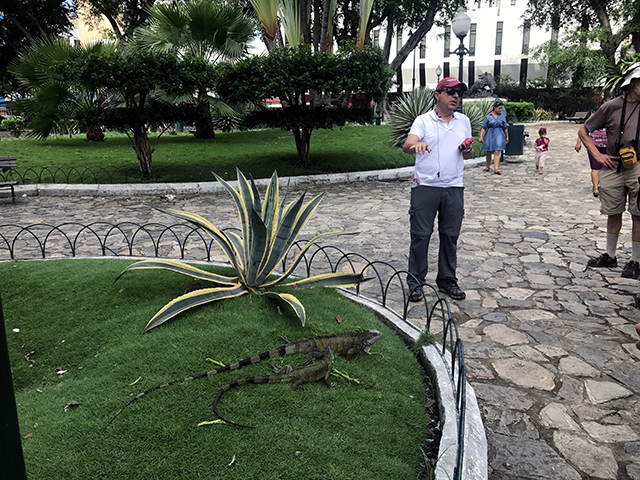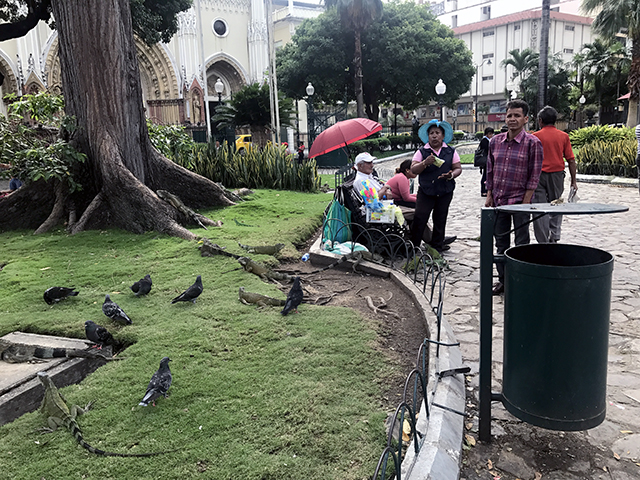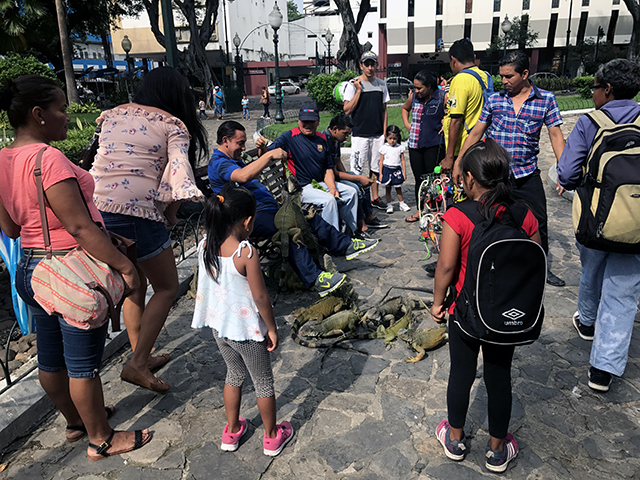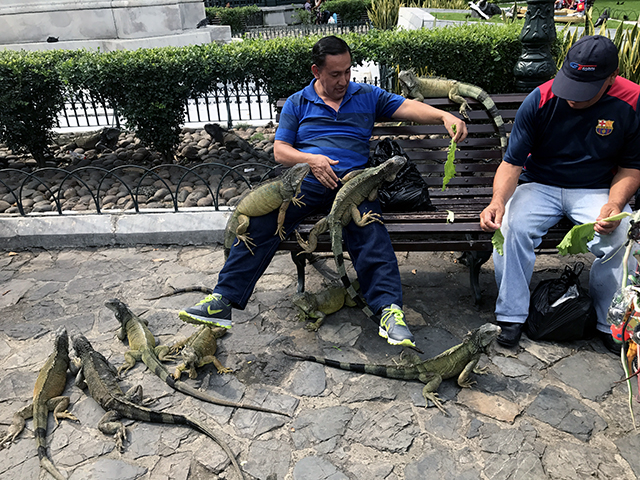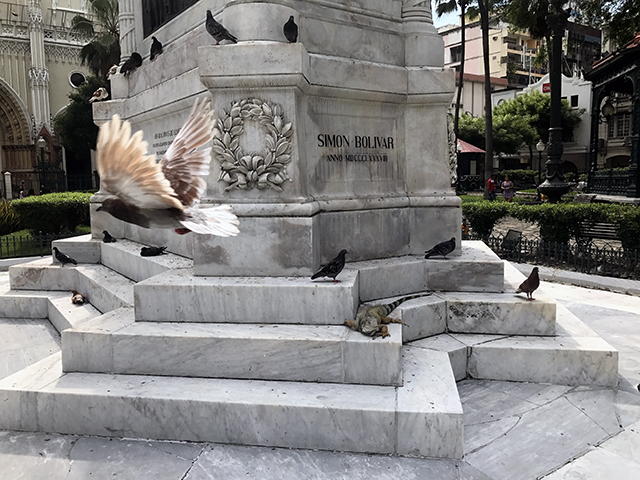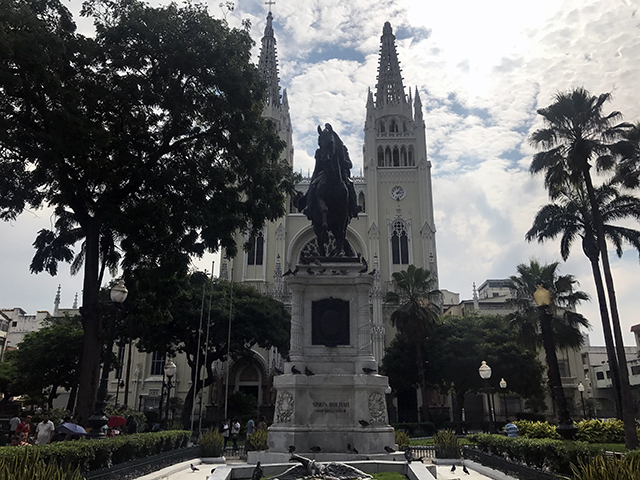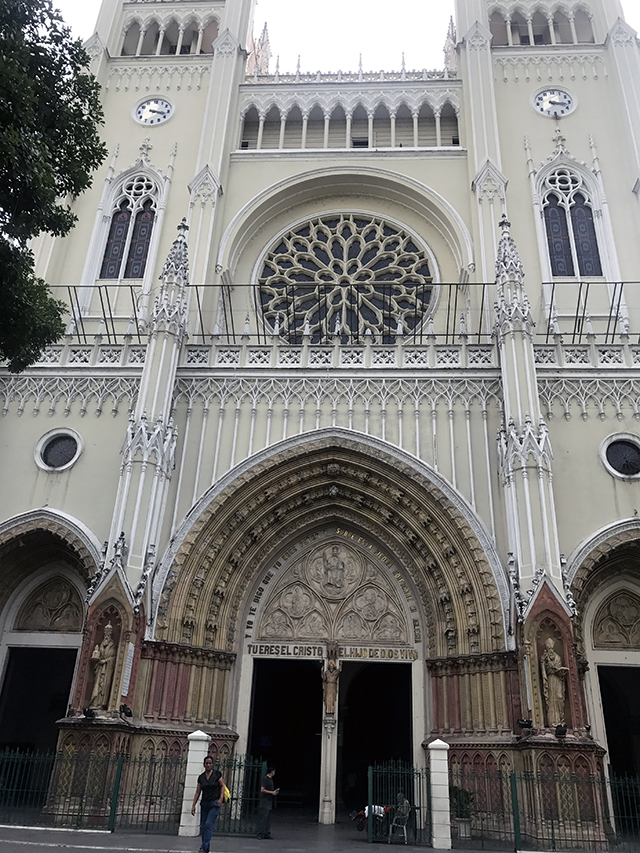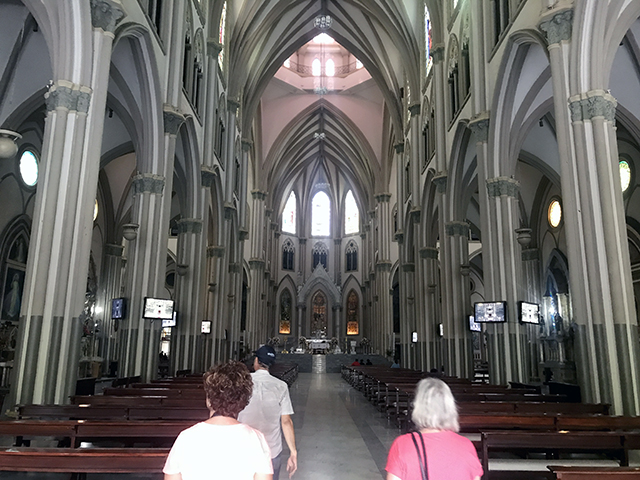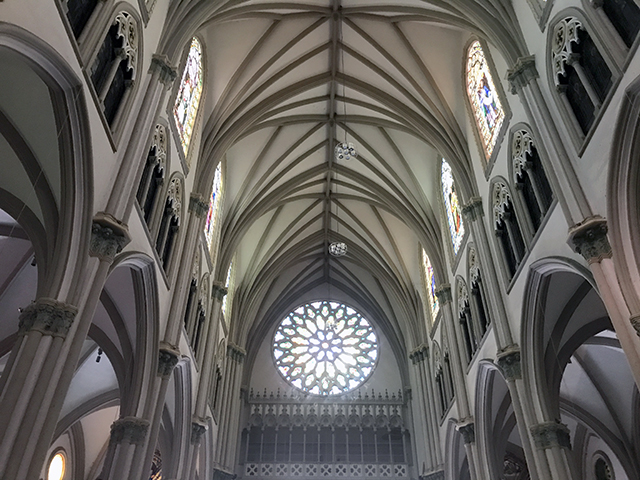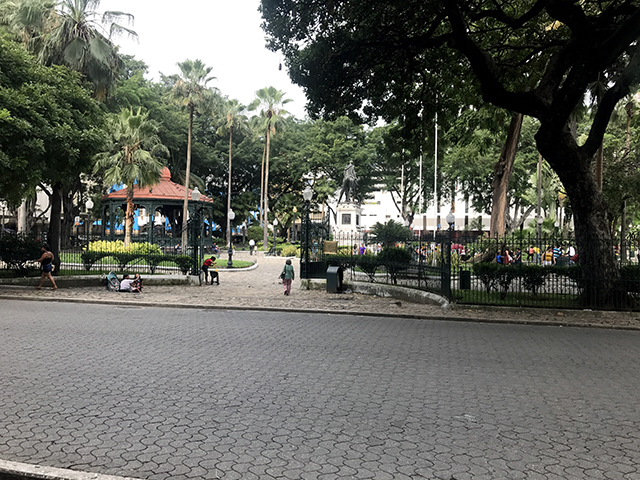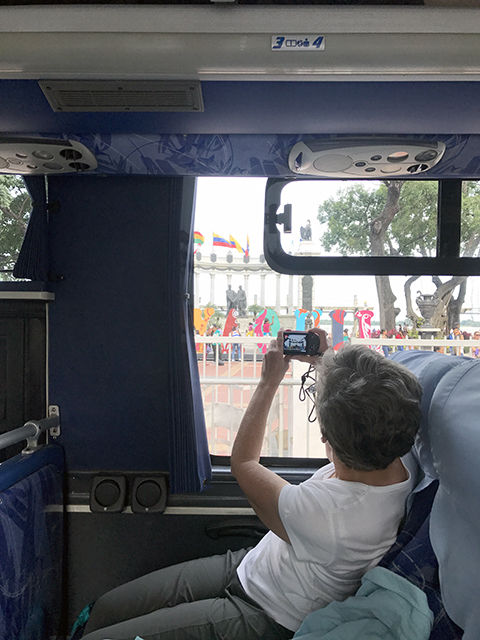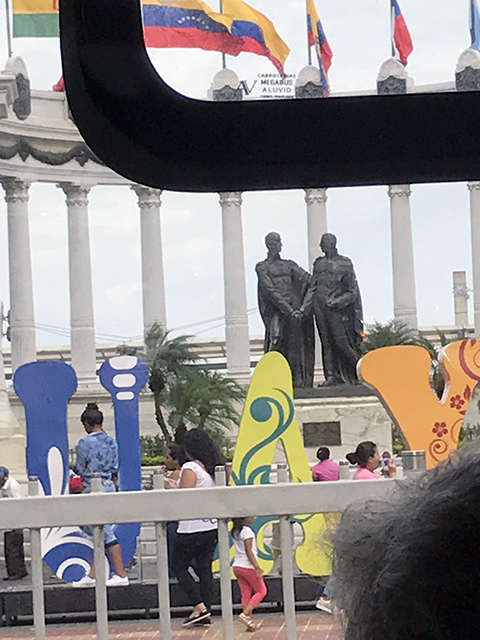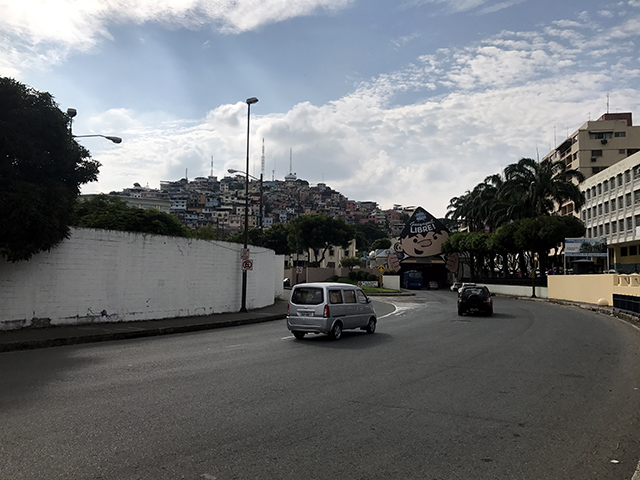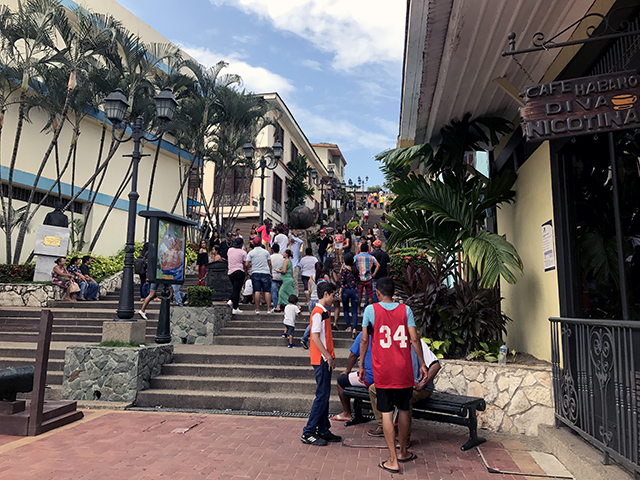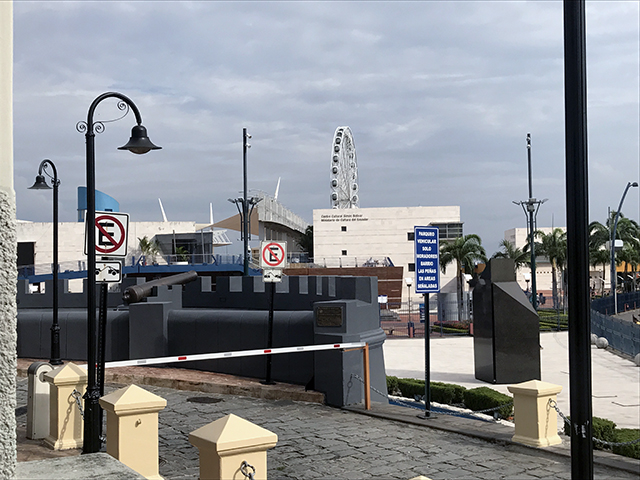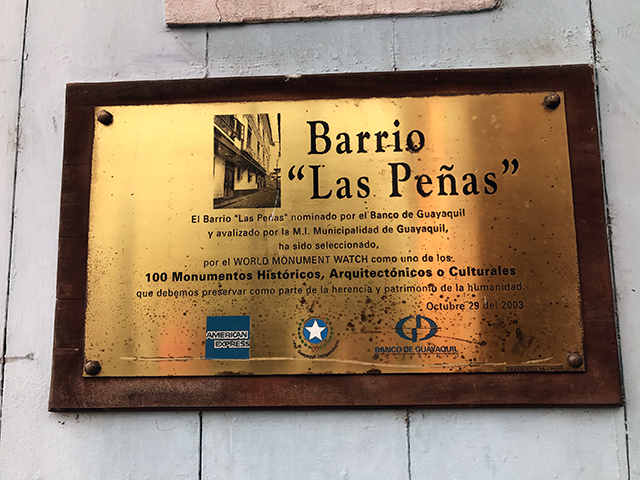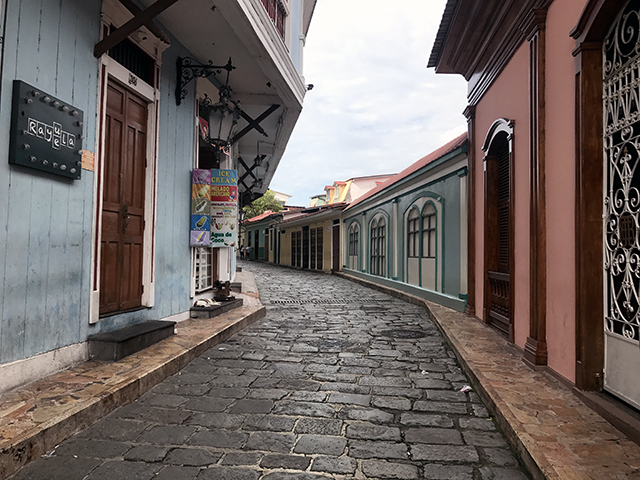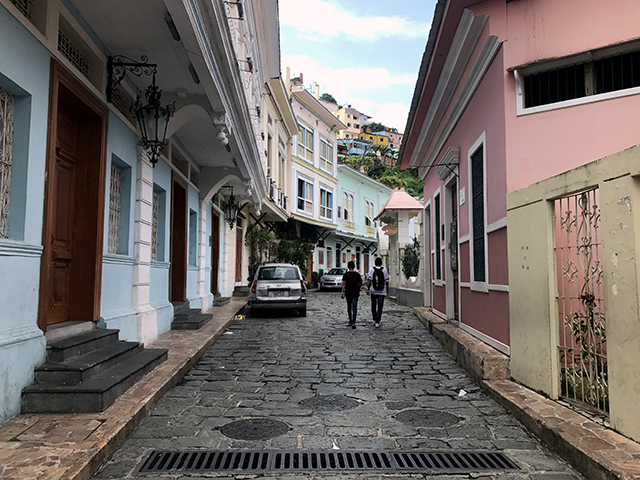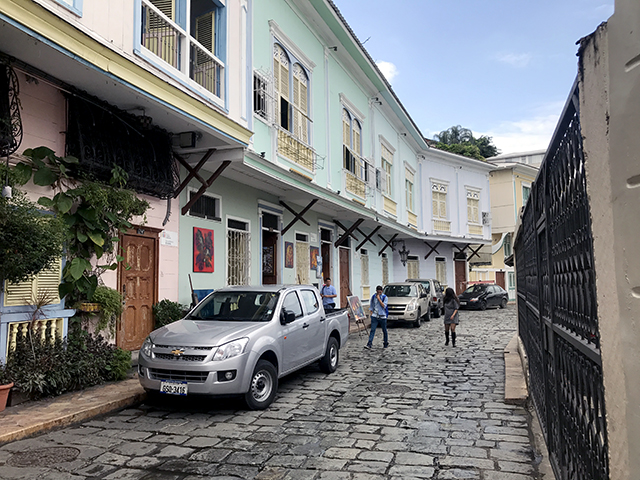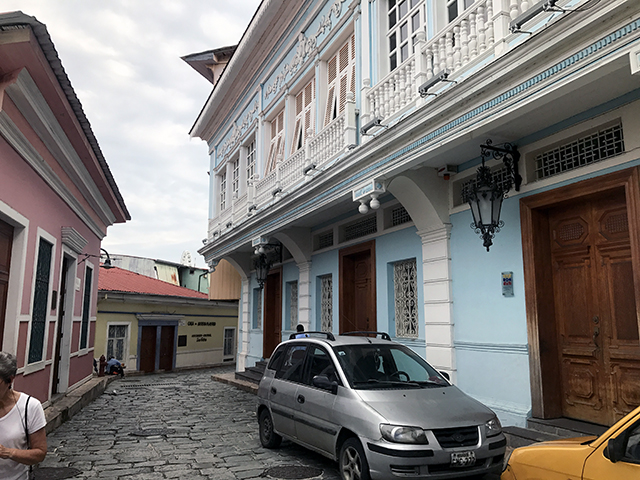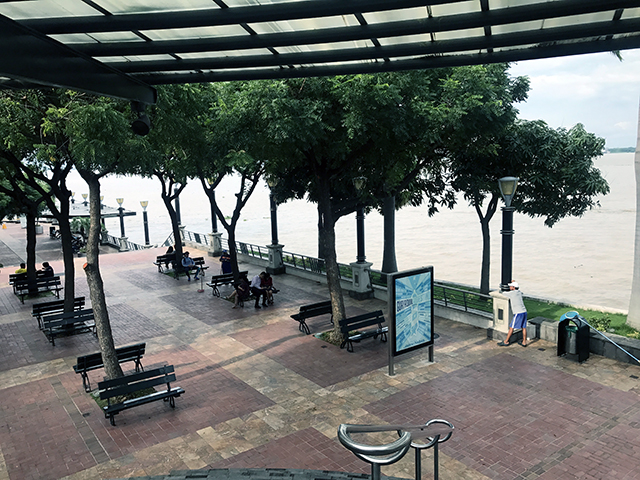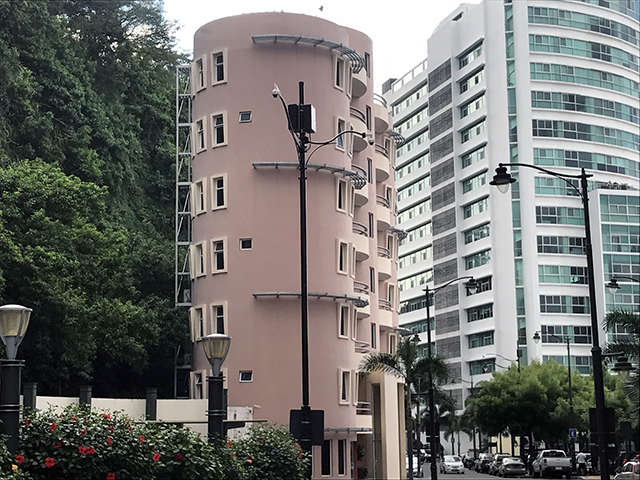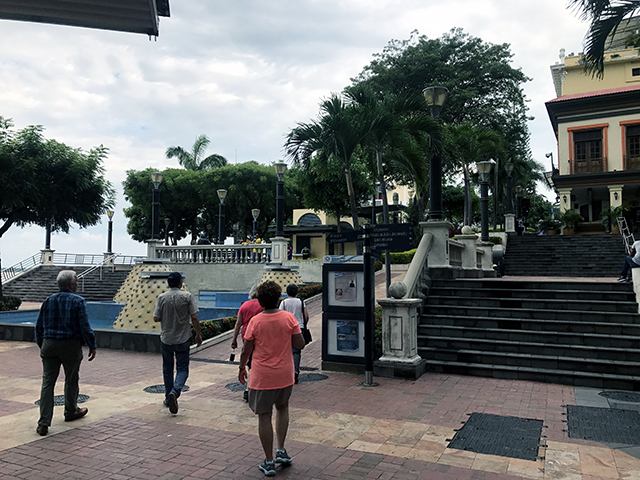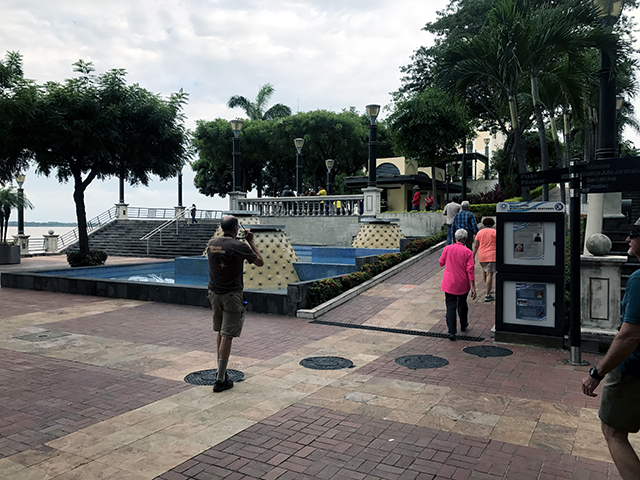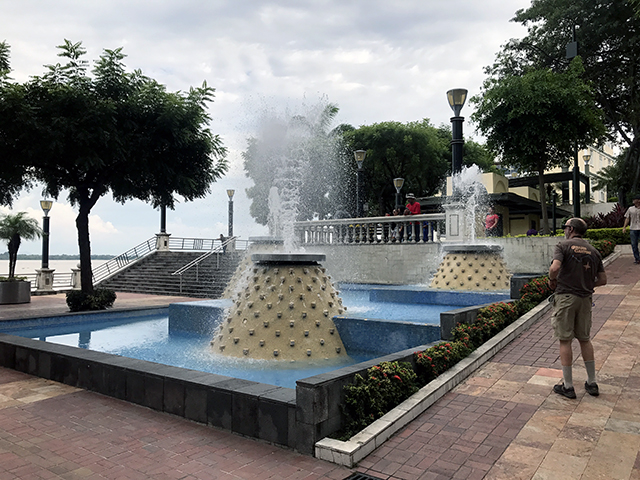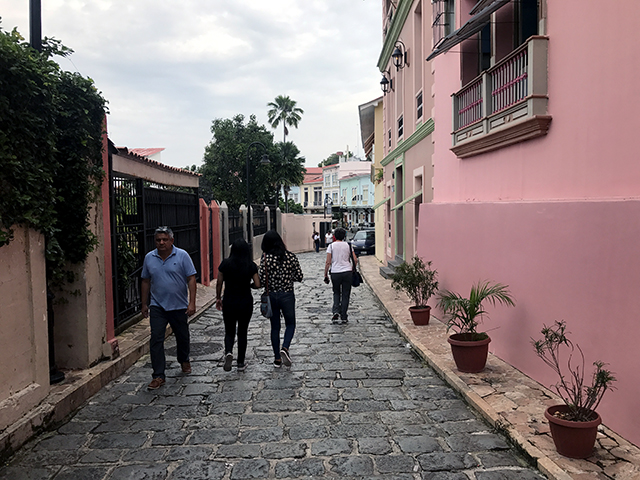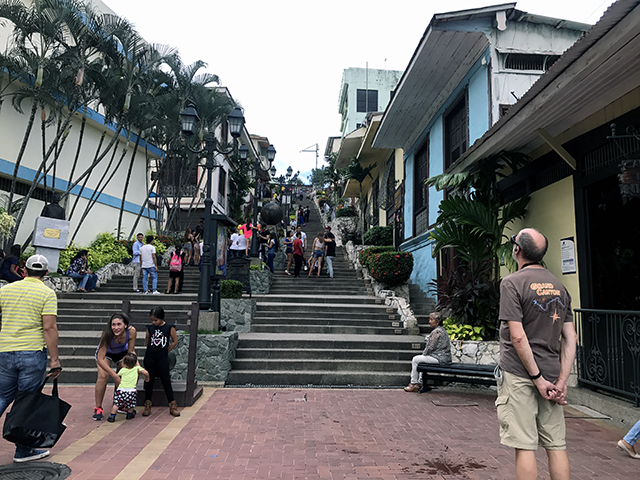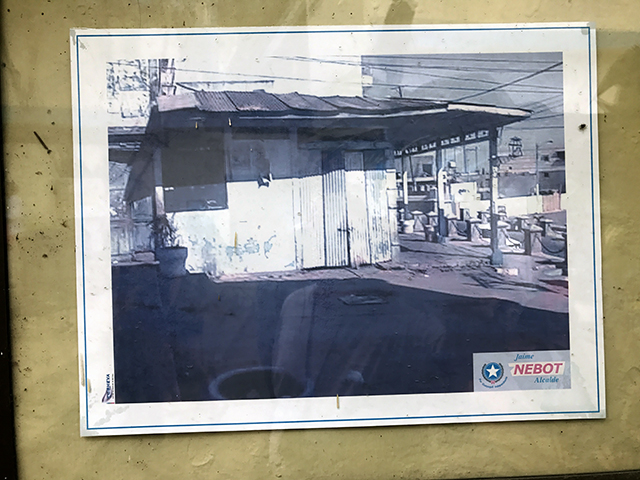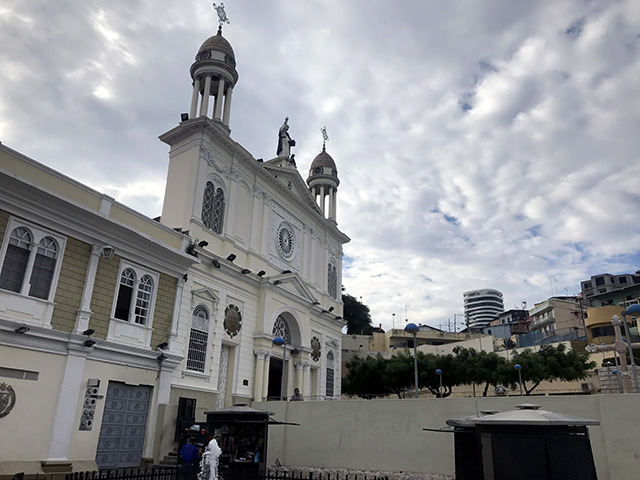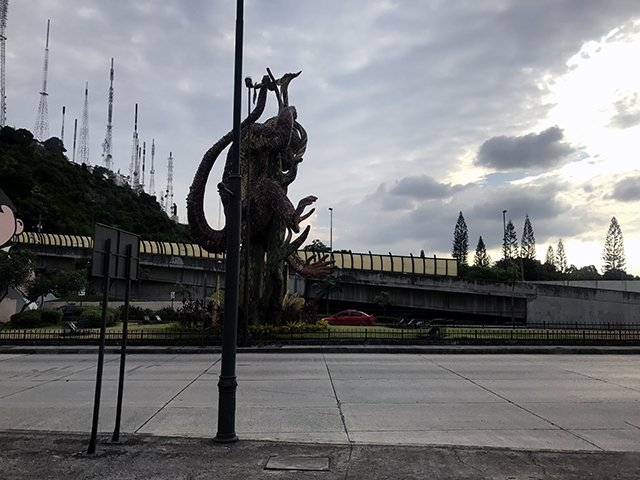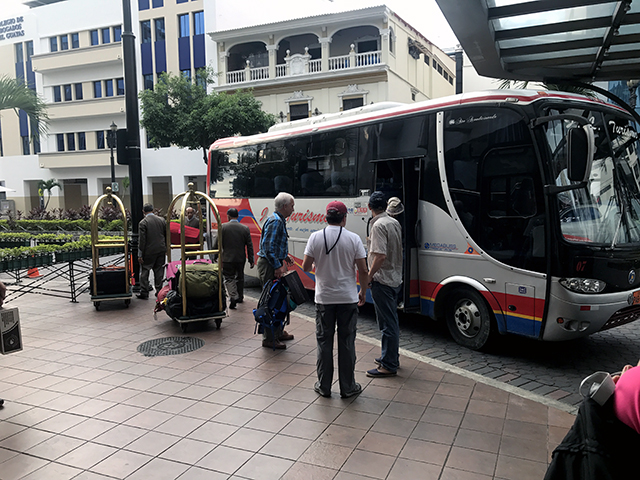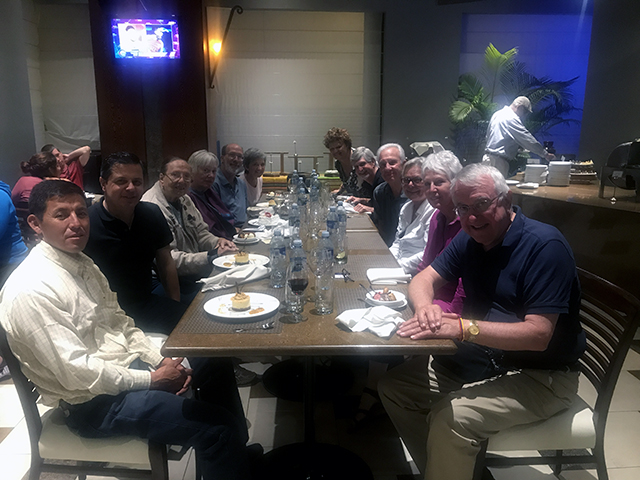|
It's Sunday, and we're hitting the road for the final time. Today is the last day of the trip. Oh nooooo... So what's in store?
The roads are quiet on a Sunday morning as we drive out of Cuenca and into the Andes Mountains.
It's a pretty drive, up and up...
We're just enjoying the view, when...
What's that in the road up ahead?
A poor lost herd of llamas?
What should we do?
Pull over and take pictures, of course.
We are tourists after all, and this is not the sort of thing you normally see back home.
Hey, little llamas, are you friendly?
We've really got traffic stopped in both directions, now.
And they're coming closer.
Bill figured that truck driver behind us was getting pretty steamed about the tourists blocking the highway.
But nope, he had his camera out and was taking pictures too.
Want to see them move?
OK, back on the road again, still going up toward the continental divide.
Higher and higher, and the sky is pretty this morning.
We're going up really fast. Looks like we're now above the timber line.
Just scrub brush now.
And here we are at the divide where on one side water flows to the Amazon and on the other side it flows to the Pacific, which isn't really all that far from here. We're in Cajas National Park.
Gotta get out and take pictures.
Because there's a terrific view here.
C'mon, Ken, wait'll you see.
Is this guy starting to look a little pooped to you? Blame it on the altitude -- 13,671 feet.
We are here.
And now we're headed back down the other side of the Andes.
Eduardo pointed out these "paperbark" trees that grow in the Andes highlands.
I've tried to Google what exactly they are, but there are so many choices I'm not sure. If any of my fellow Road Scholars have the answer, let me know and I'll fix this caption. (Hey, this will also work as a test to see if anybody's reading.)
Just pretty clouds on a pretty day.
It's hard to stop shooting pictures in the Andes.
Now let's pull over at a handy roadside stop. Everybody got your personal supply of toilet paper? Good.
Wait a minute, what's this?
Oooooh...a swing set that you don't want to fall out of.
You just swing out there and look down and pretend you're a condor or something. Several of us secretly wanted to give it a try, but all of us thought better of it.
Down down down we go.
Trees have reappeared.
And the view is still spectacular.
Oh look, a waterfall.
And down we go, until soon ....
Everything goes flat. Suddenly we're in the tropics!
They're growing bananas over there.
Eduardo says for better or worse, Ecuador is the original banana republic, once owned and operated by the big banana companies.
Flatland. And it was so sudden.
OK, a few hills, but still.
And now we've turned off the highway and we're headed out into the middle of who knows where?
I think we're lost, but Marco and Eduardo seem to have come this bumpy, muddy, hot, miserable way before. Have I mentioned the air conditioner on the bus has just given a mighty jungle scream and conked out on us?
And just when we thought the road couldn't get any bumpier or muddier, we've arrived at the Hacienda Cacao y Mango.
It's a family farm that produces cacao trees. They don't grow and sell cacao, they sell cacao tree seedlings to farmers who grow and sell cacao.
And they love to host buses full of tourists.
Which is what we are.
They're getting a lunch spread ready.
Bamboo bridge.
Yes, it's hot here, and humid, and there are mosquitoes, but we're doing OK.
Now let's learn how these seed pods produce...
Chocolate!
I believe this is the owner, Señor Lara. I think. Probably. He was a delightful guy and Eduardo did the translating.
Just for the heck of it he showed us a pepper plant which happened to be growing nearby.
Dry 'em out and you got peppercorns.
But let's get to the real reason we're here.
Cacao seeds. We want chocolate!
But cacao isn't much like chocolate when it's growing on the trees.
The seeds come in pods, and each one is encased in a pulpy mass that tastes nicely tart when you suck on it.
Bill sucked his fill of tasty tart cacao seed pulpy white mass.
And that was enough of that.
Now we don't want to get too sidetracked from that chocolate business, but just for a minute let's talk about weaving mats and things useful on the farm.
First you need some weaving material.
This plant is perfect. Isn't it nice the way it fans out?
Here's what you do.
OK, back to the business at hand.
You fill up sacks like that with the cacao beans still encased in the pulpy white tart mass and let it all ferment until the white stuff goes away and you're left with beans.
And then you dry the beans in the sun.
And you go from this to that.
See?
Now Señor Lara disappears for awhile under the canopy protecting his cacao tree seedlings.
He's looking for just the right seedlings to show us.
While we wait in the heat. Hey, doesn't Larry look dapper in the Panama hat he never removed once he'd bought it back in Cuenca?
OK, let's graft some cacao tree seedlings.
It's actually a pretty interesting process.
Kinda like grafting grape vines, right, Laura?
A pretty table arrangement.
Eduardo slices some pitaya for us to enjoy while we wait for the chocolate-making demonstration to continue.
Mmmm...exotic fruit.
Tasty, tart, a bit seedy.
Now we're roasting dry cacao beans until they start to make popping noises.
This is a slow process -- lots of stirring involved.
Now Eduardo is going to mix grapefruit juice with some of that clear liquid in the bottle. No, it's not moonshine because moonshine is made with corn. This is made with sugar cane and it is potent stuff. Interesting, but I think I don't want any more.
Waiting for the beans to roast.
Now they're ready.
But if you want to make chocolate, first you have to peel the husk off the beans.
Road Scholars are always willing to help when chocolate is involved.
So Señor Lara asks if we think we'll get powder or paste when we grind the roasted beans and I have to open my big mouth and say, "paste, because you'd think it would be powder but you wouldn't have asked the question if that were the answer." I think he didn't appreciate my test-taking abilities.
Here's how to grind cocoa butter.
Finally, something that looks like chocolate.
And smells like it, too.
It's the real deal, right out of the bean.
Crab ceviche and fried smashed plantains for lunch. There was more to eat, even chocolate mousse for dessert, but this was the best part.
Next-to-last supper for the Road Scholars. All the fun is winding down.
I thought that was a very pretty wall decoration, so I took a picture.
Now Señor Lara is adding the cocoa butter to boiling water to make hot chocolate.
It turned out that sticking a finger into the cocoa butter and mixing it with that raw brown sugar made a better treat than the hot chocolate.
But the hot chocolate tasted just fine.
Right, CJ? You really want a steaming cup of hot beverage to enjoy in this tropical heat? OK.
Now we bid farewell to the Hacienda Cacao y Mango (where any mangoes you find are brought in from somewhere else.)
And look! Marco has been laboring while we've been sipping hot chocolate, and now the bus's air conditioner works again! Hooray, Marco!
Look over there...it's Guayaquil, the final stop on our journey. Sigh.
We'd go faster, but there are bananas in the way.
When we get into the city, we're going to take a walk through a park.
A park where there are no squirrels. Just iguanas.
Iguanas everywhere.
Eduardo warns us to be careful walking under trees because you don't want to get pooped on by an iguana.
And they are in the trees.
The pigeons don't mind them.
Even some of the visitors enjoy the company of iguanas.
Eduardo says this guy does it just to attract attention to himself.
Well, he certainly has my attention.
Back in Quito it was a dog. Here it's an iguana.
There's the great liberator Simon Bolivar riding a horse in front of the Guayaquil Metropolitan Cathedral.
Let's look inside.
It's impressive too, just like all the others. The guide leading the way is Alfredo, who for some reason has taken over for the afternoon while Eduardo tends to tour guide business.
Something tells me the whole point is to be impressive.
That's enough of that.
Let's go for a bus ride. Nancy is taking a picture of a monument Alfredo says is one of the most important in South America.
Monument to the Liberators Simon Bolivar and San Martin. We drove by it on the bus.
And then we piled off the bus right here on this busy street where the cars kept disappearing into that tunnel with the cartoon kid above it.
Alfredo says there are 444 steps. Right now some young people are up there dancing.
We're on the Guayaquil waterfront.
Las Peñas neighborhood is the city’s oldest neighborhood, and now its being restored to show Las Penasit as once was. Currently it is the center of cultural activities and expositions. Located next to the river it lightens the city from its side. We continue next to highlight its beauties. Historically, Las Peñas is the most important neighborhood in Guayaquil. Even if its houses are only 100 years old, its characteristics are alike those of the 18th and 19th centuries.
When a huge fire destroyed most of the wooden buildings of Guayaquil in 1896, this area was spared. Next to mount Santa Ana and the Guayas river is a little area known as “La Planchada” which Las Penas begins in Numa Pampillo Llona street (named after renowned Guayaquilean poet from the late 19th to early 20th century) This narrow street that borders the mount is located in Las Peñas, our city’s first neighbourhood. It owes its name (peña means cliffs) to some cliffs and rocks that went from the mount to the river. This narrow street went to what is currently known as “La Atarazana”. Some neighbor made their houses at the bottom of the mount and others on the river bank, leaving this street in between the both. It used to be called Fishermen Street, since; through it they took their fishes to the markets or to town. The river bank in Las Peñas was always our swimming school. It is possible that over the cliffs and rocks that were there the initial constructions of a wall took place in colonial times (1682) and that is how we had the fort armed with cannons to defend the city from pirates that attacked the colonies. Las Peñas is a neighborhood that has maintained, through time, on the side of architectonic evolution and urban transformation. That is why it is so beautiful and a national patrimony. Currently, it gathers what it takes to be considered a liaison between written history and wooden constructions and contemporary construction made out of iron, cement and glass. Las Peñas is one of the few historic legacies that Guayaquil has, thanks to the fact that it survived nasty fires that destroyed Guayaquil on more than one occasion. It is currently being remodeled to maintain its heritage and its beauty and memories are kept intact. Also so it can tell Guayaquil’s story to future generations. Their peculiar architectonic styles, its narrow street, the houses by the river that have two fronts make it an attractive destiny for tourists. Every July it becomes a window to the arts and culture of artists that live there and the cultural manifestations that take place year after year.
Now it's home to rich people and art galleries.
It's a pleasant place for a walk.
But Alfredo, we are getting tired.
Can't we go some place cooler?
Hey, this works.
The river is full of water hyacinths floating by.
Alfredo seemed to miss the days when that building was a brewery. On the facilities of the old National Brewery, which land was donated by the Guayaquil City Hall, with an extension of approximately 10 acres, there will be built the new tourist attraction for the city and called Puerto Santa Ana (Santa Ana Port). It´s going to be a magical and harmonic place, where it will be mix the formal and the informal; it will be a center for the entertainment, the recreation and the sport. It will also be built here, a recreational complex, civic plaza, convention center and a thematic museum related with the production of the beer. Also, it will have some spaces dedicated to a museum of important people like the singer Julio Jaramillo, the radio talker Carlos Armando Romero Rodas, and the teams of the city Barcelona and Emelec. The project will be located at the end of the street Numa Pompilio Llona, in the traditional Neiborhood Las Peñas on the hills of Carmen and Santa Ana, it complements with a hotel, offices, restaurants, small businesses and small boardwalks that will turn it, without a doubt, in the new gathering center for the citizens of this city, the country and the whole world.
And those apartments have been built into grain silos used by the brewery. Clever, huh?
Let's go back.
I guess that used to be a fountain over there.
Whoosh! It springs suddenly to life! Surprise, Ken!
We're hot, we're tired.
Ken contemplates walking up those steps -- all 444. But nope, not even Ken, not this afternoon.
The neighborhood looked like this before the city leaders made a peace with the gang leaders to turn the area into something the whole city can be proud of.
Bill darted across the busy street. Alfredo was not pleased.
That's an old church. Bill is getting to the point where he thinks he's seen enough already.
That's a statue of a big monkey. Somehow the mascot of Guayaquil is a monkey. Or something. Bill doesn't care anymore.
We say goodbye to the bus.
Bill takes in the view from his temporary hotel room. After dinner tonight he has to fly to Quito to catch a plane home in the morning because when he set up his flight he didn't realize he should fly home from Guayaquil like everybody else. You didn't want a round trip ticket, Bill! Didn't you read the itinerary?
And here are the Road Scholars all together again for the last time. Nice dinner. Sad to say goodbye.
And here's Bill's last view of Ecuador from his window on American Airlines headed to Miami and then Charlotte and then Memphis. This was truly a great trip.
|


